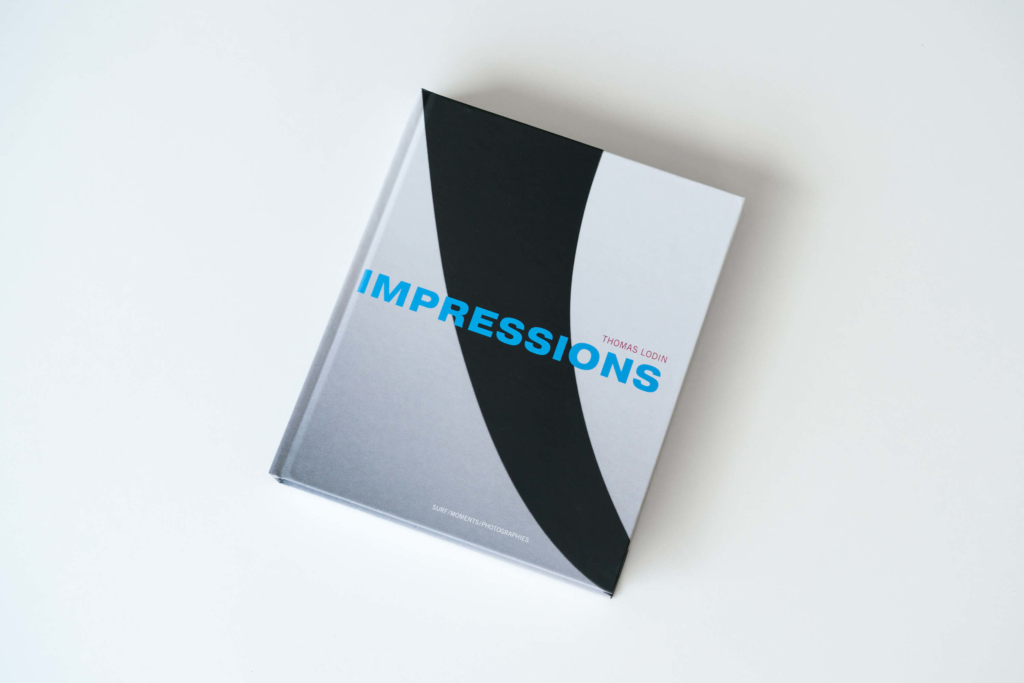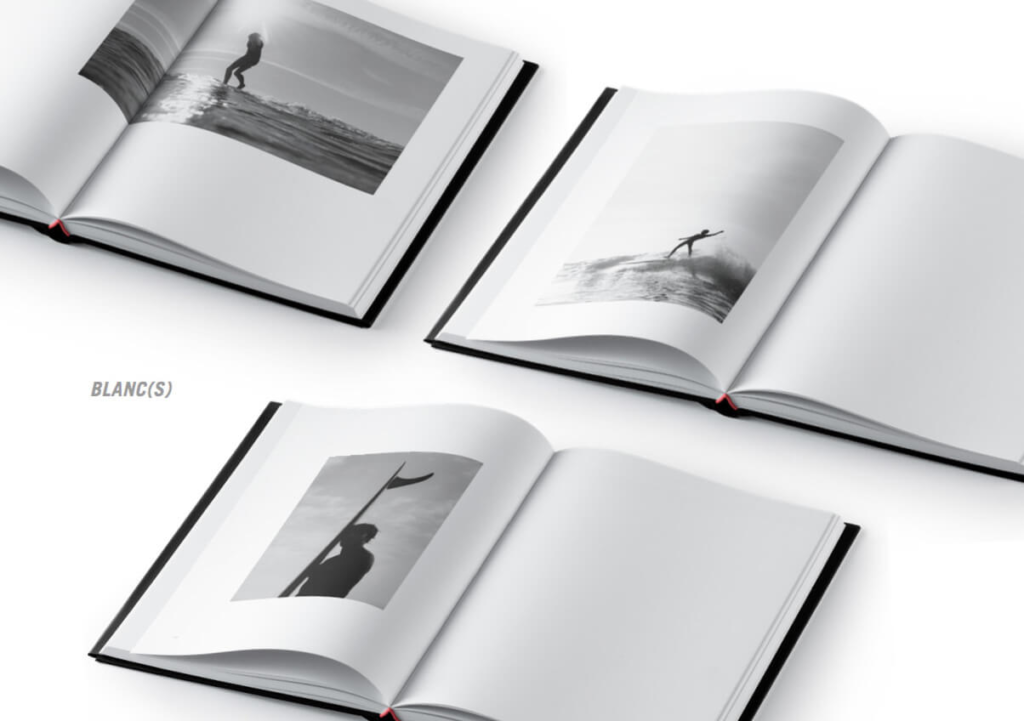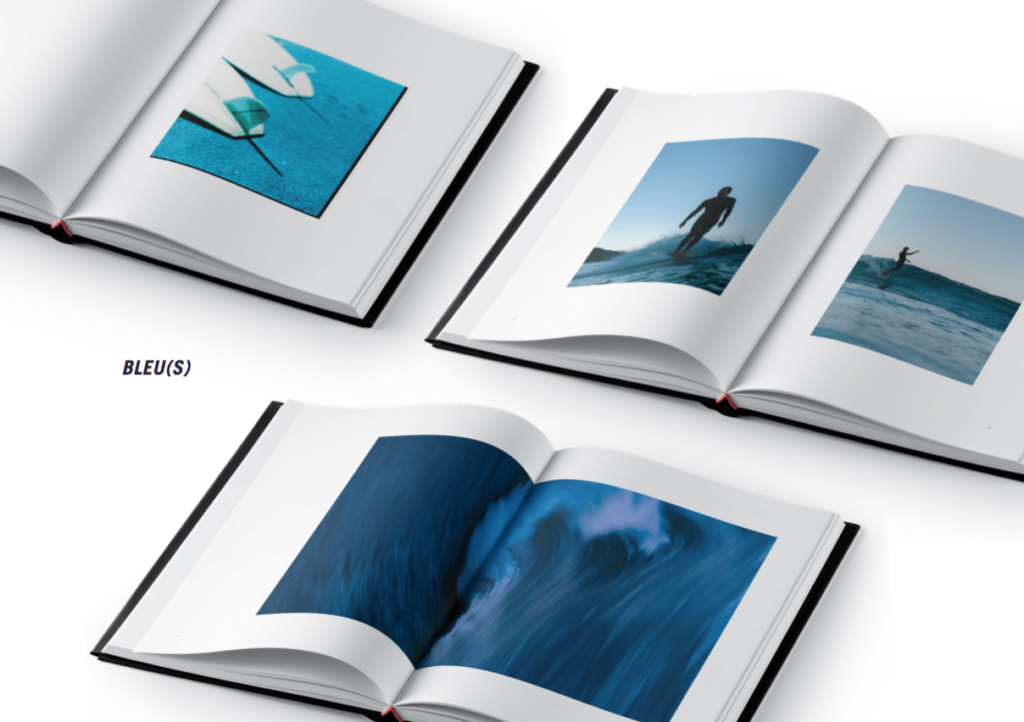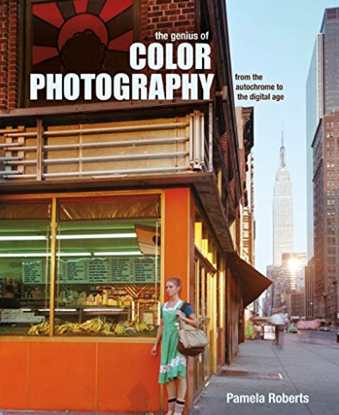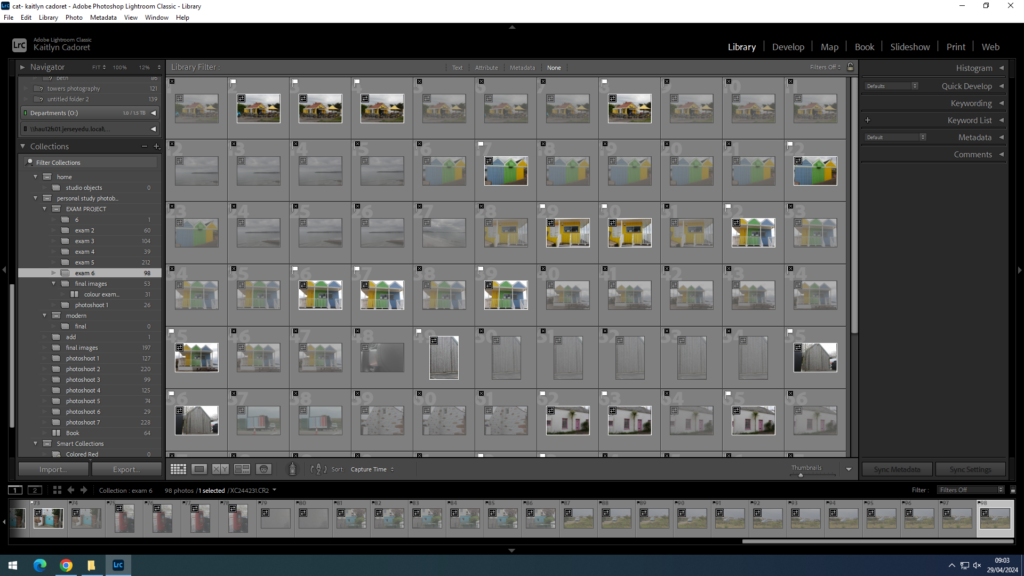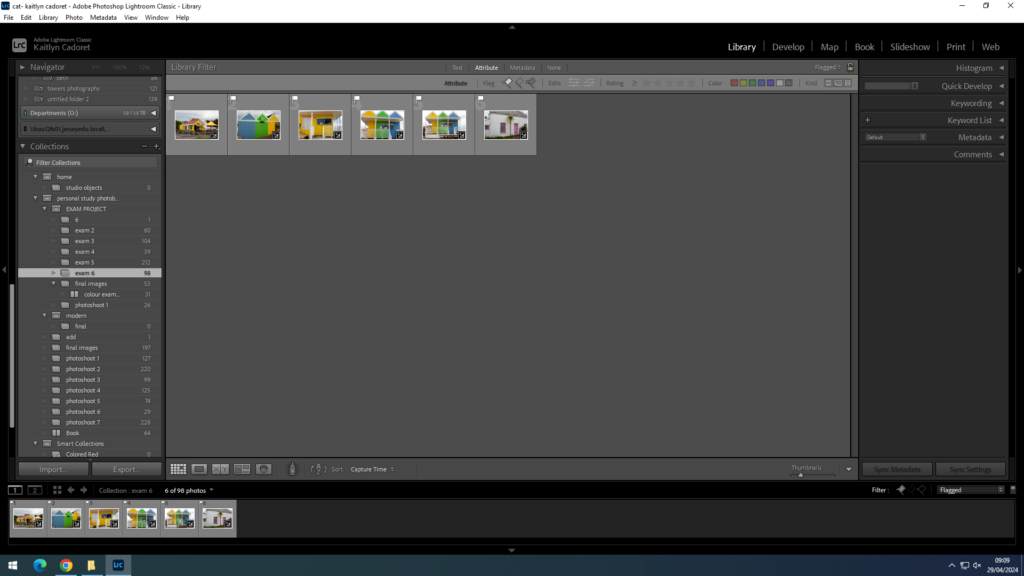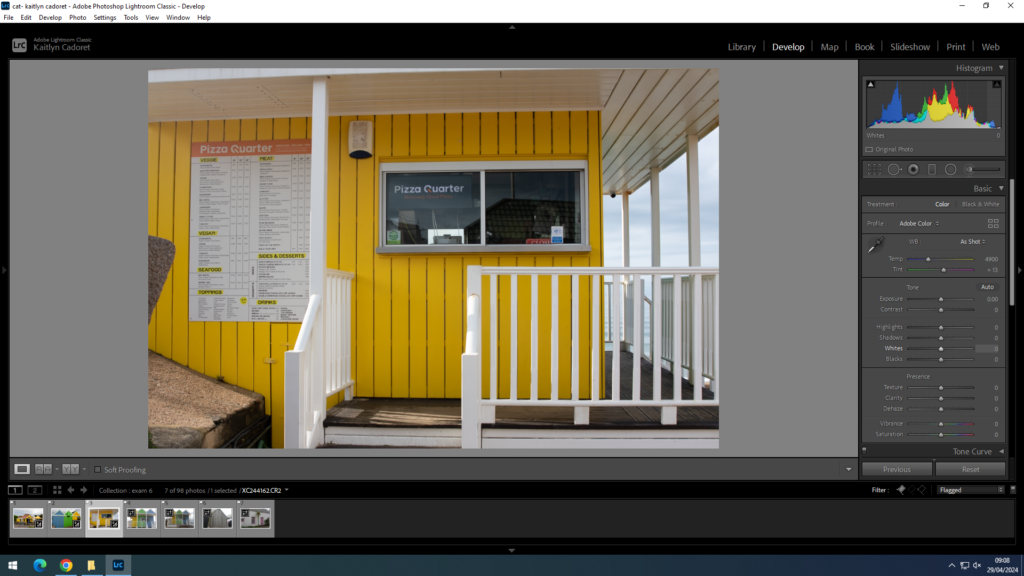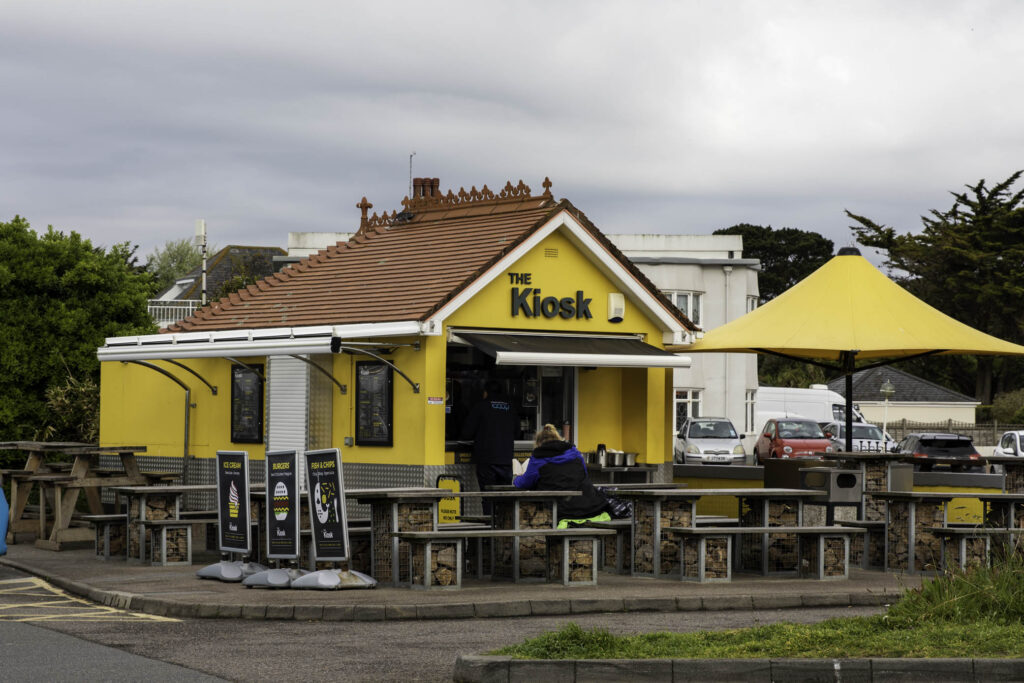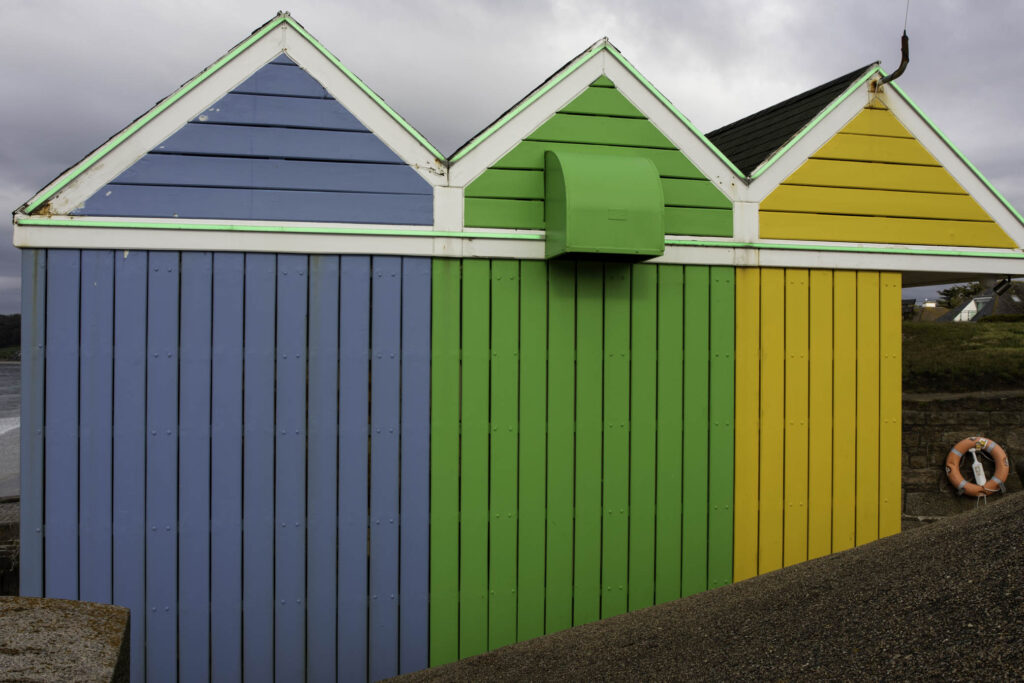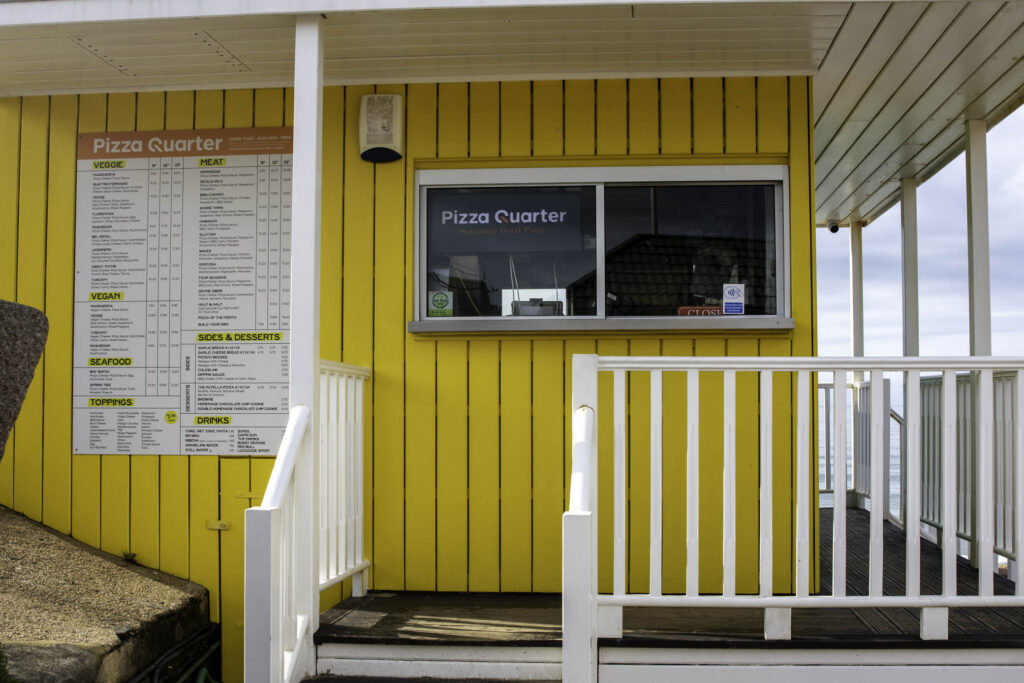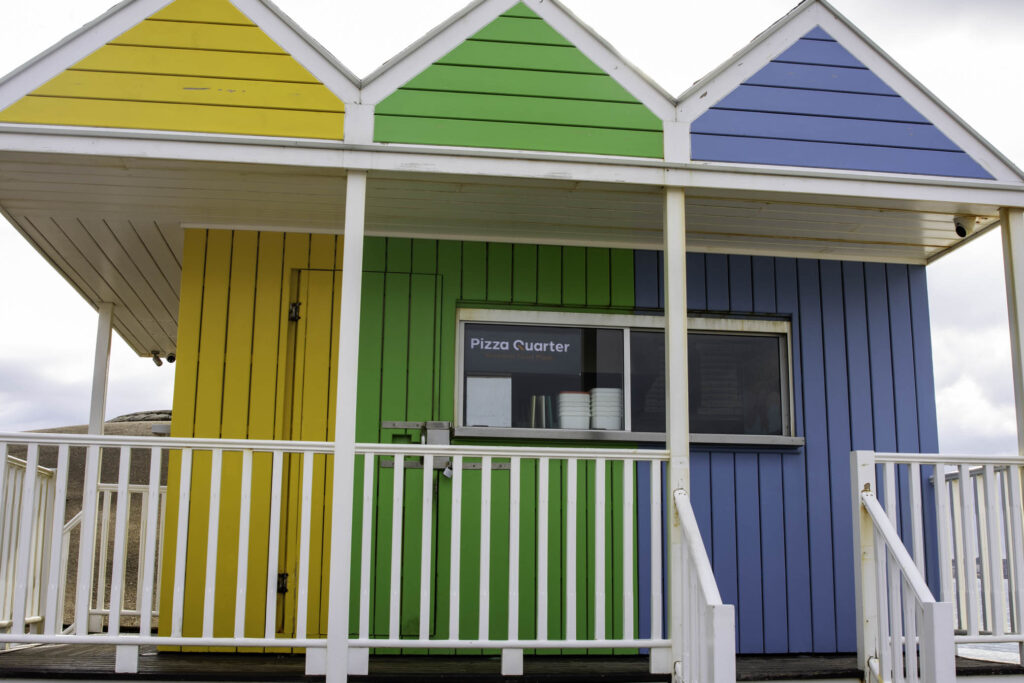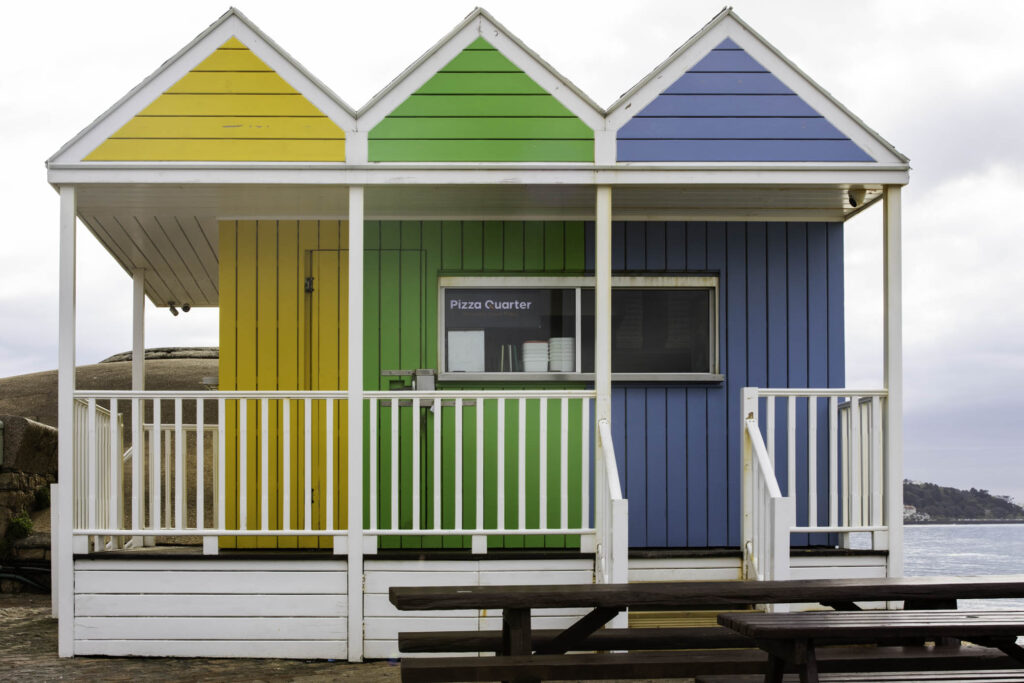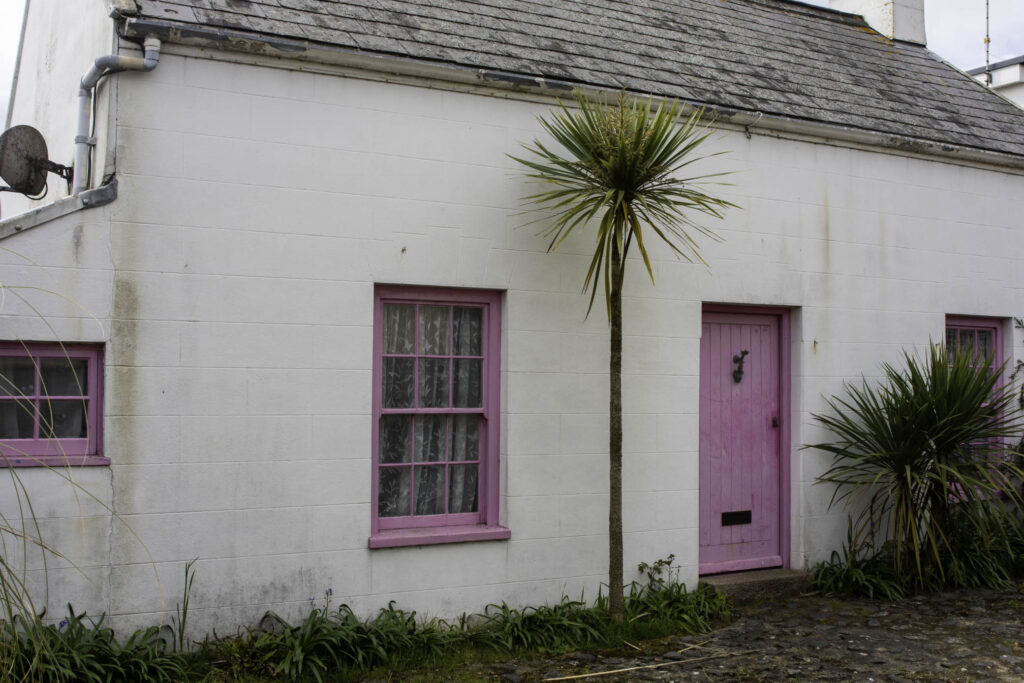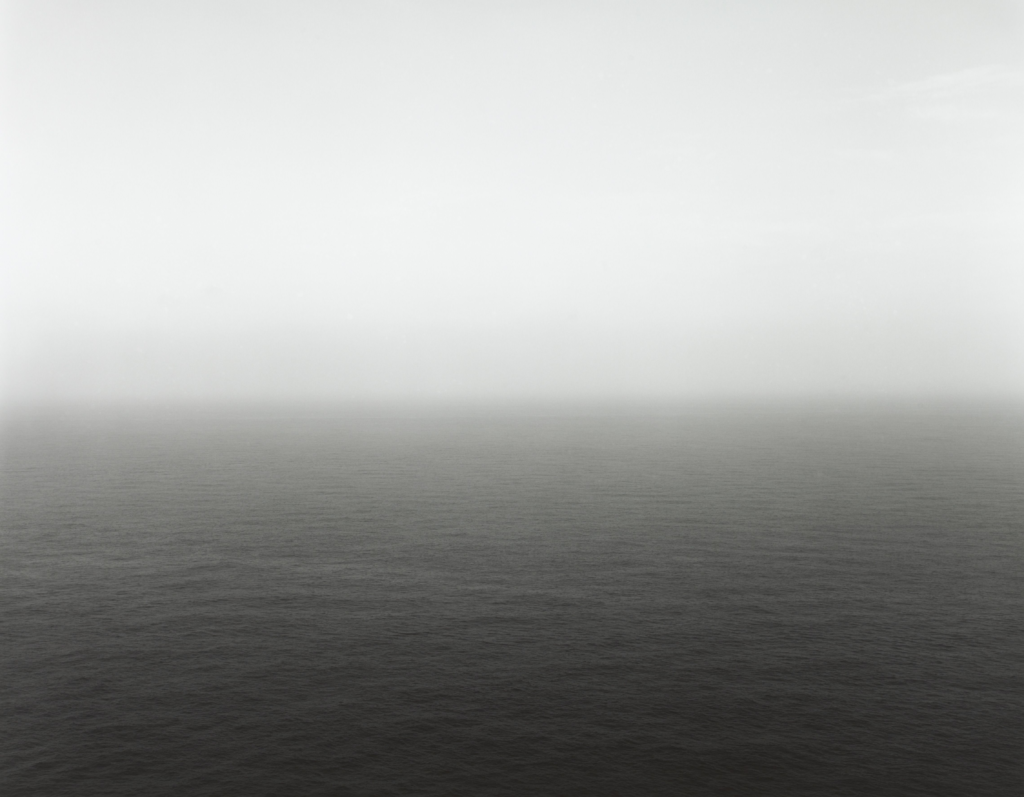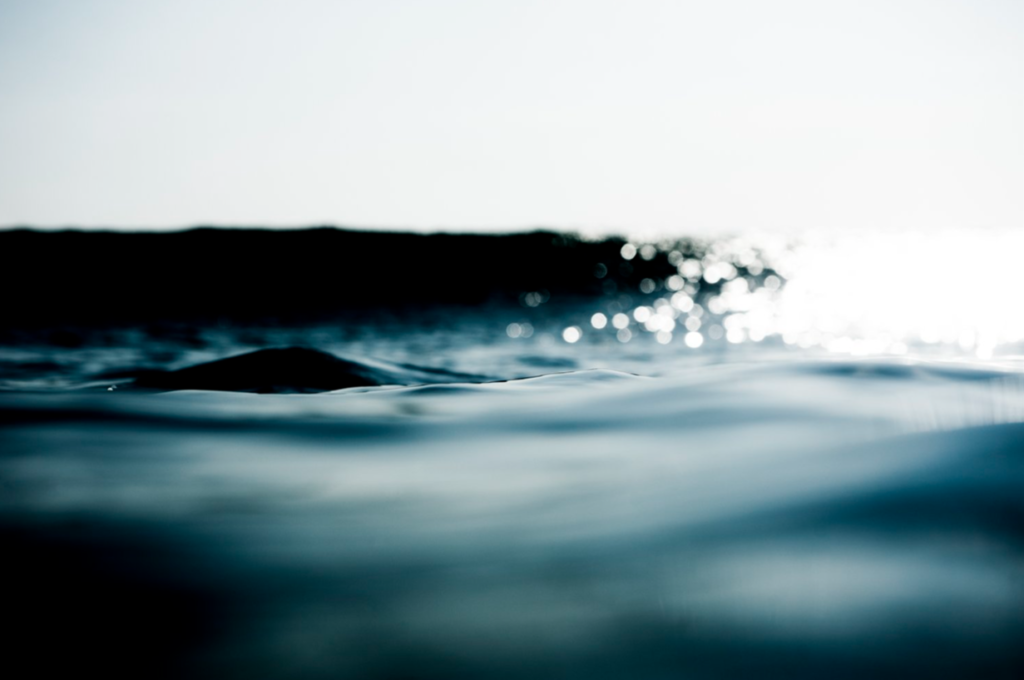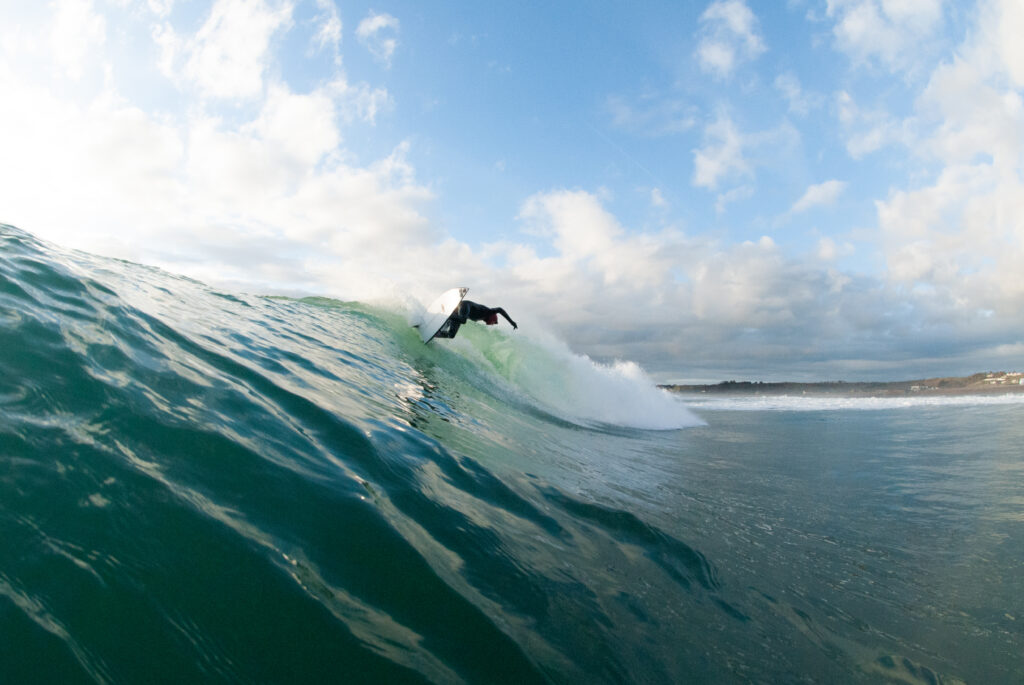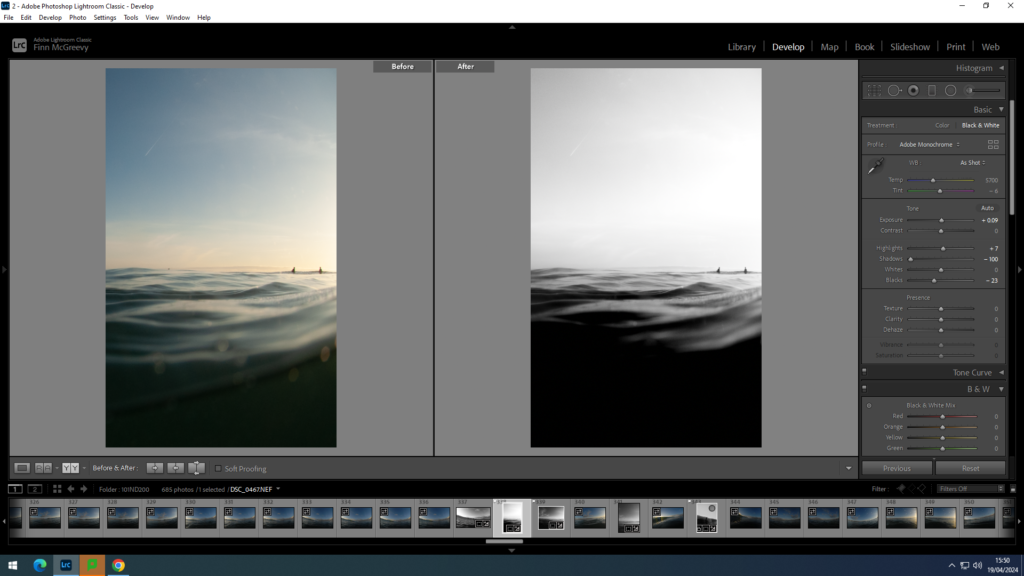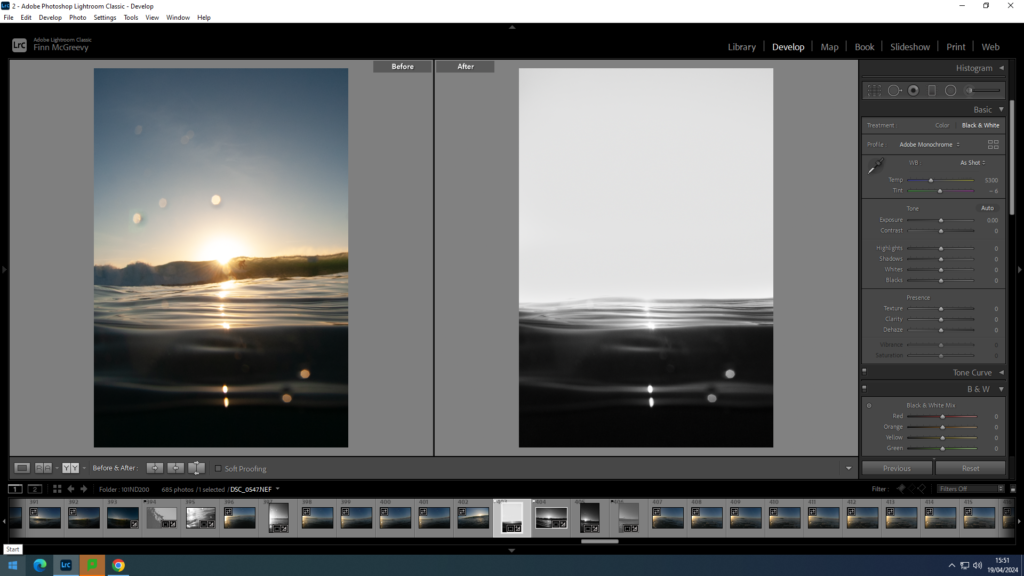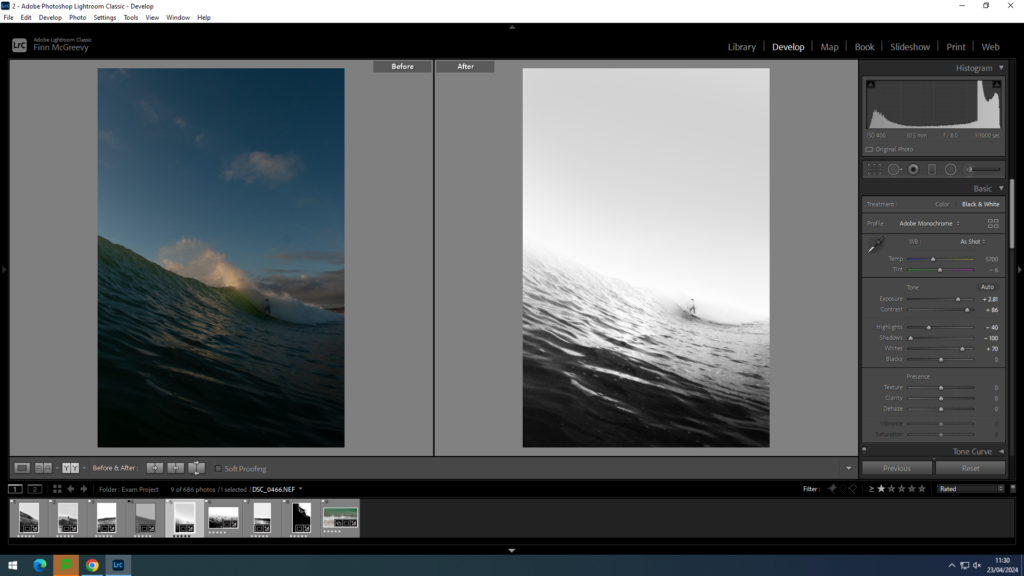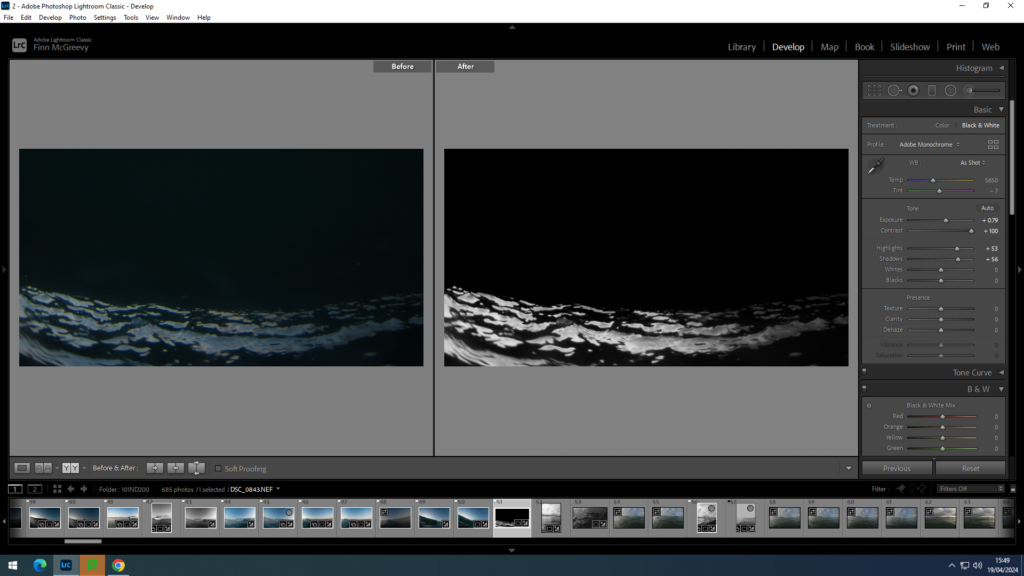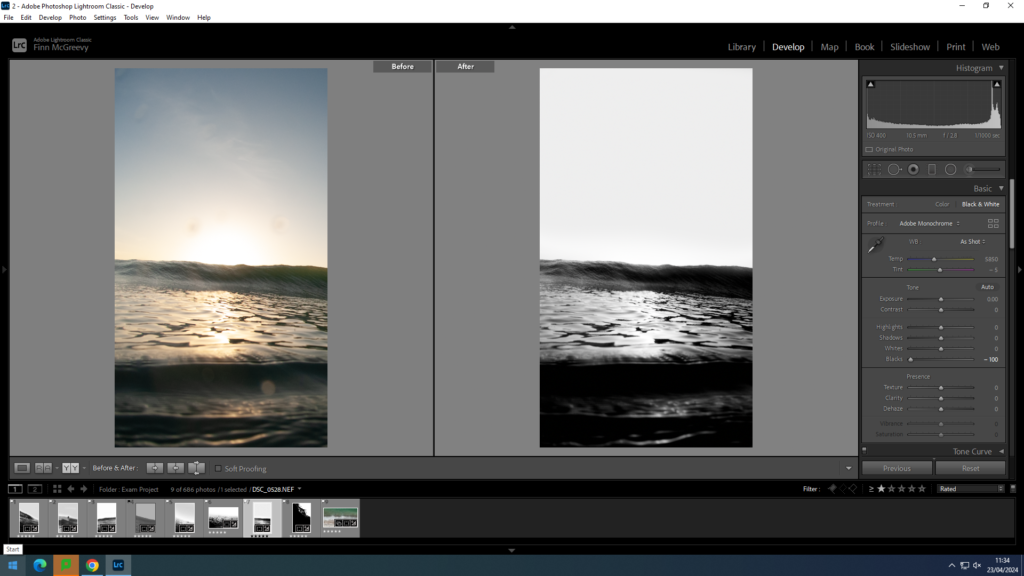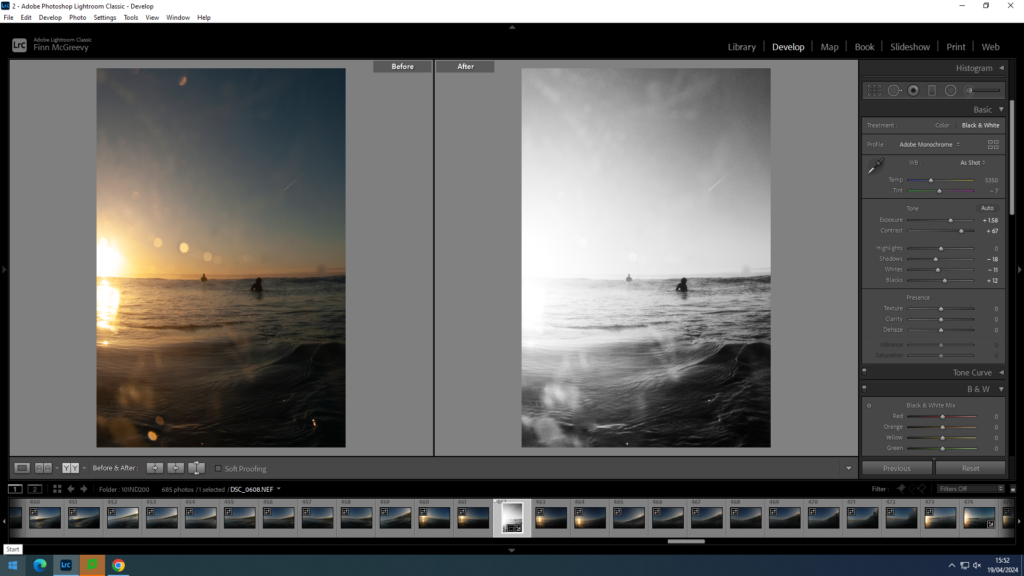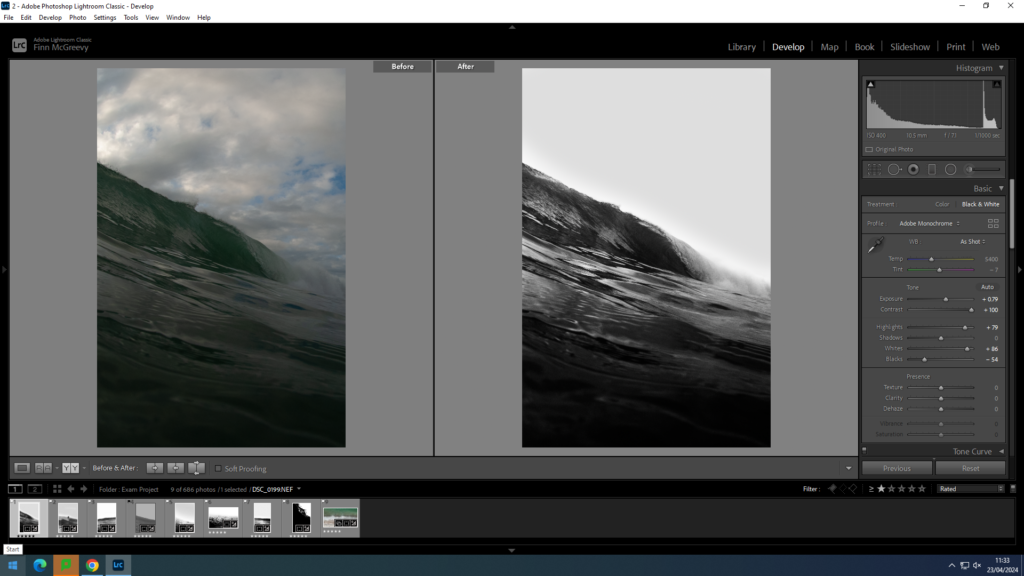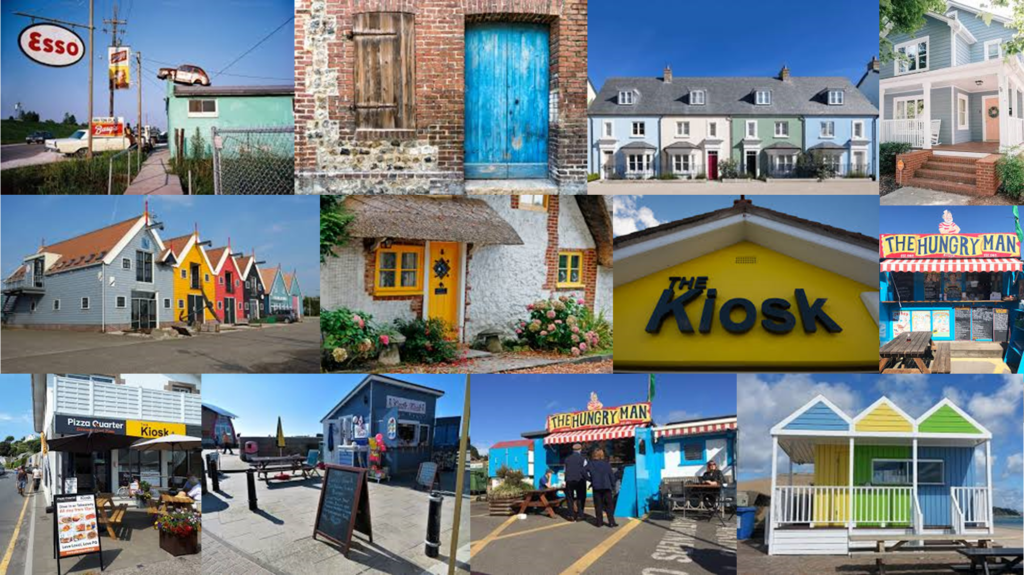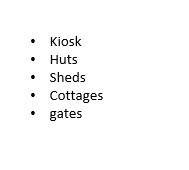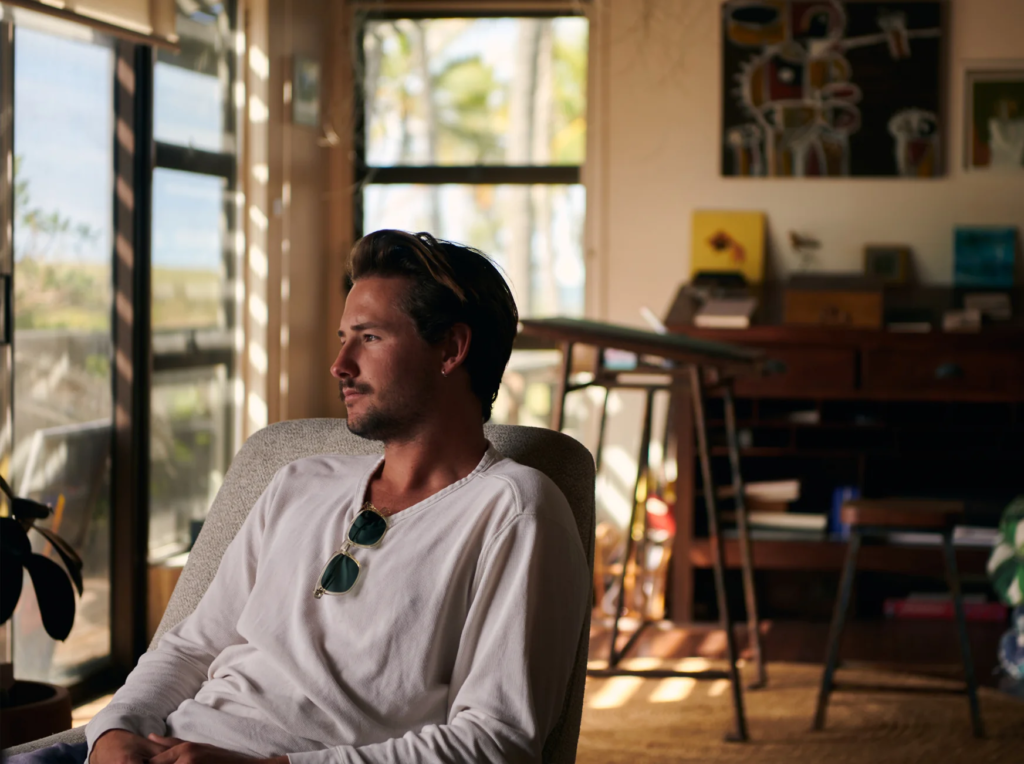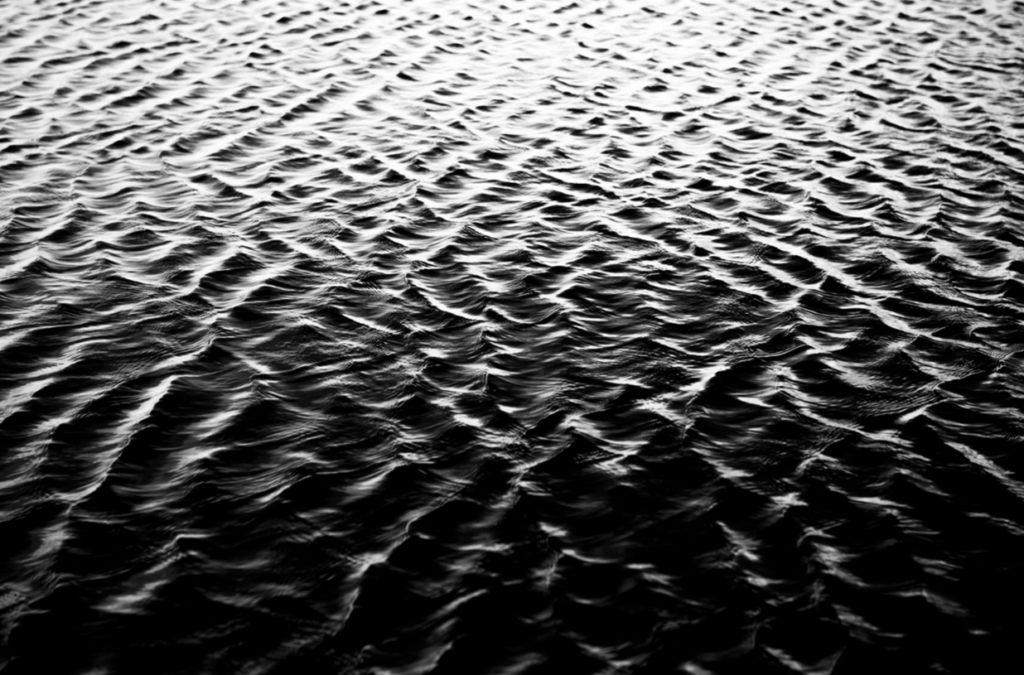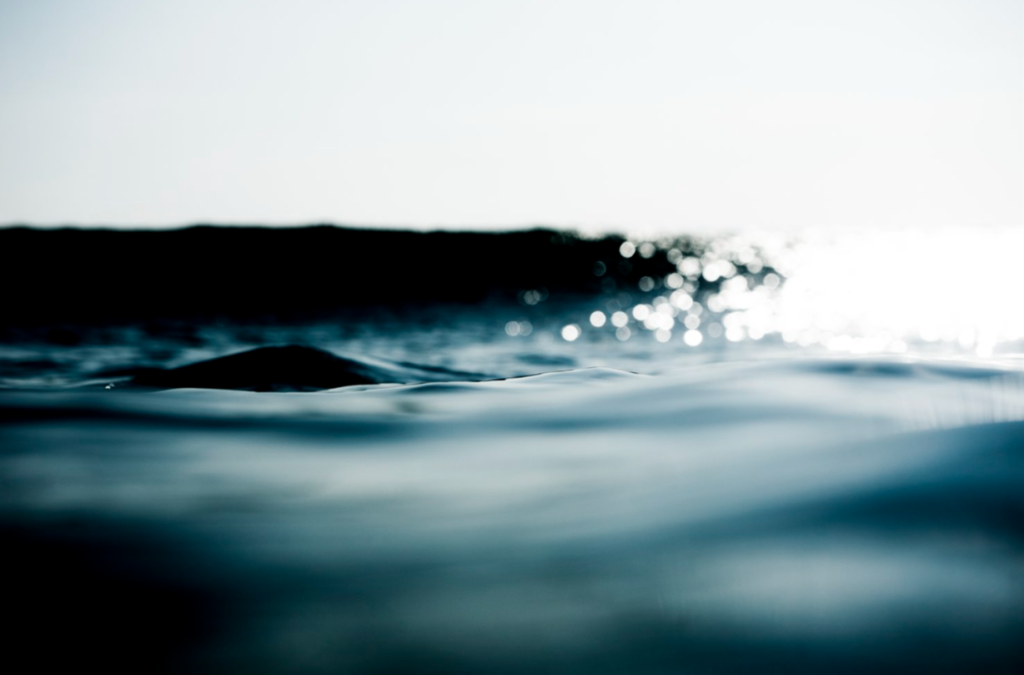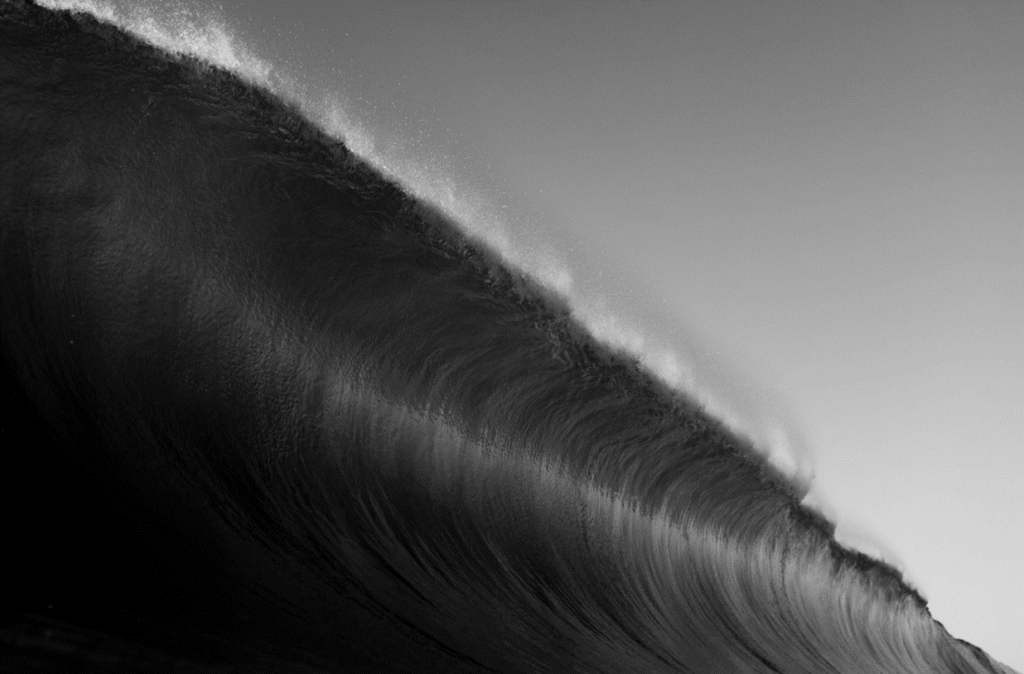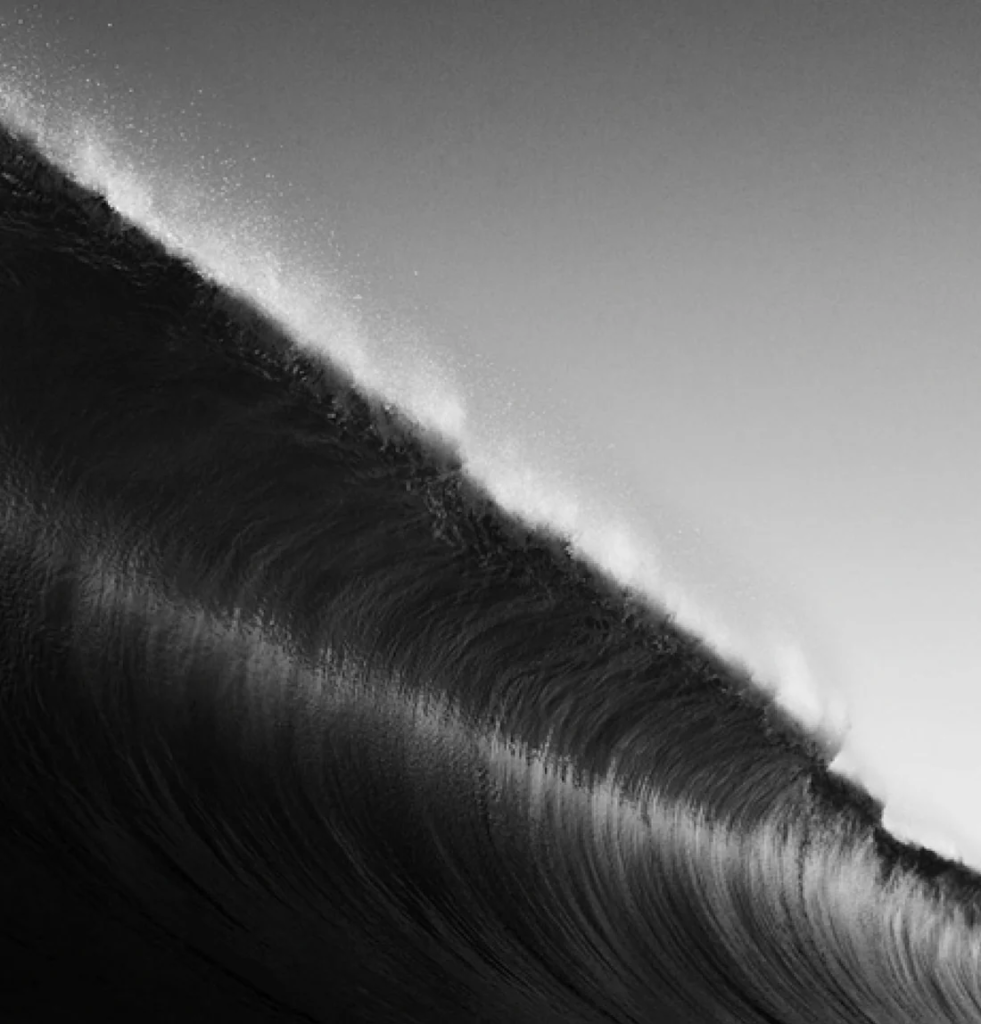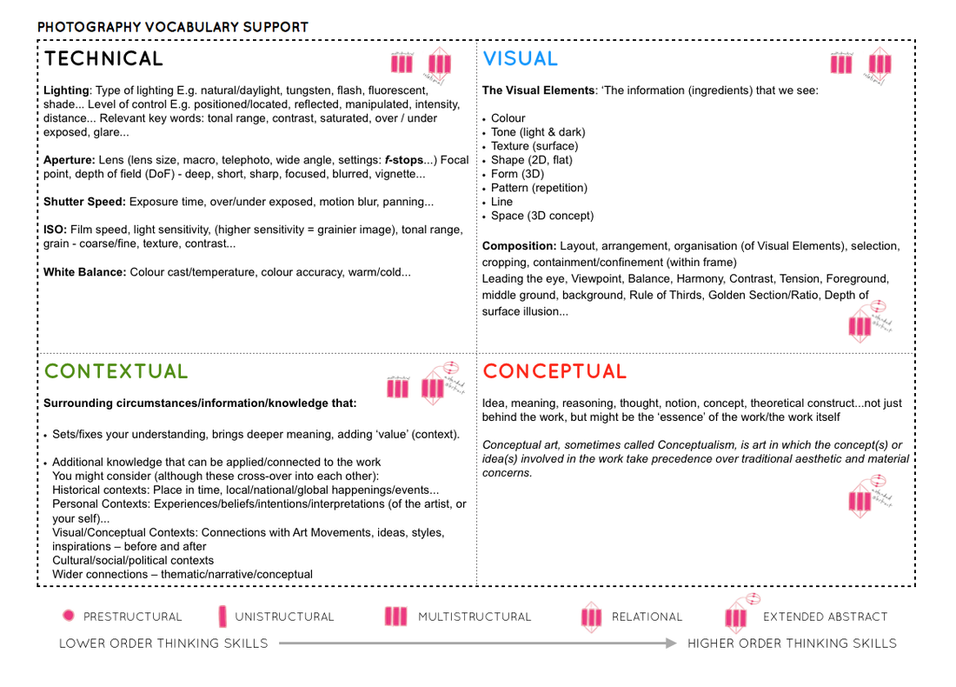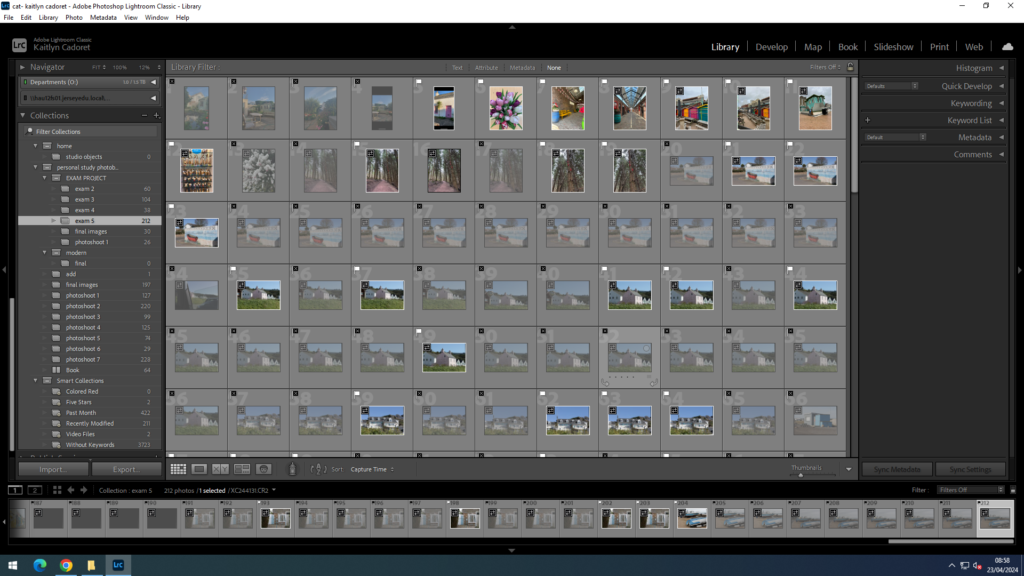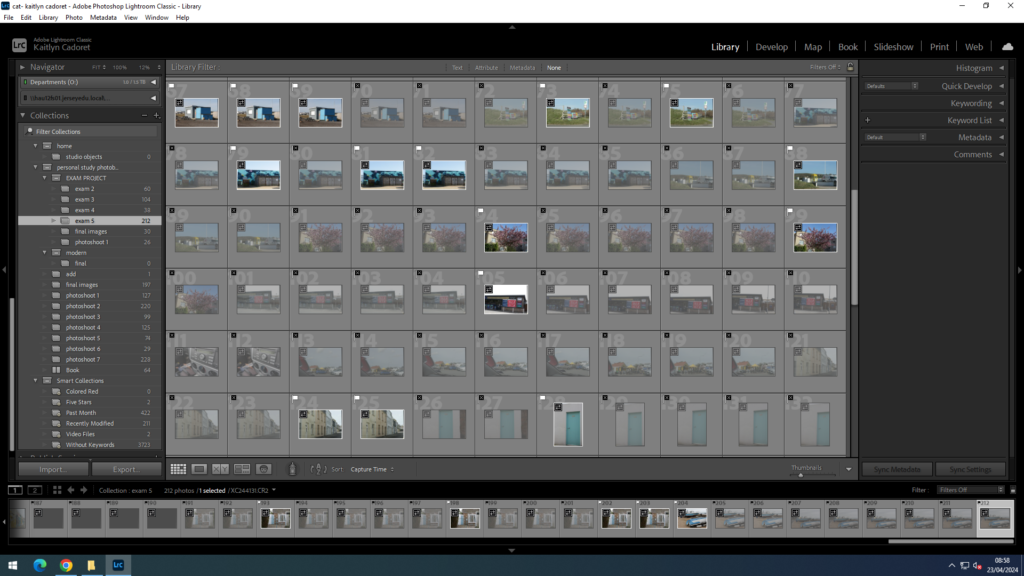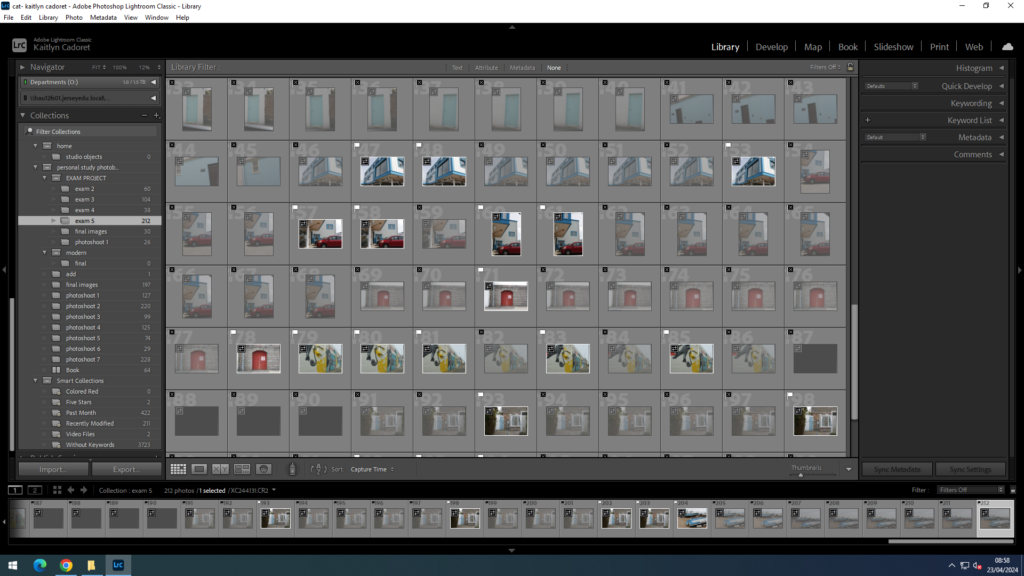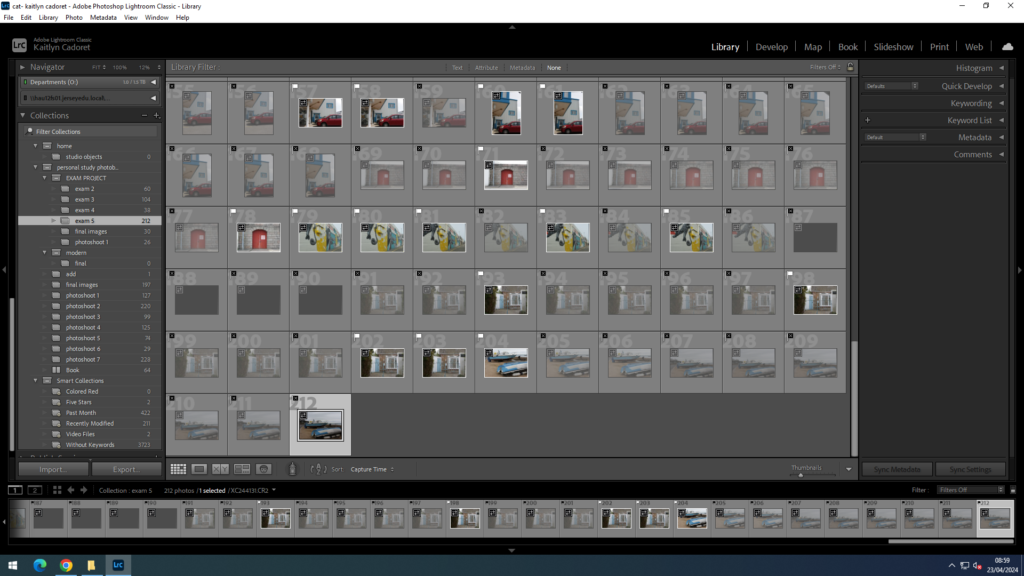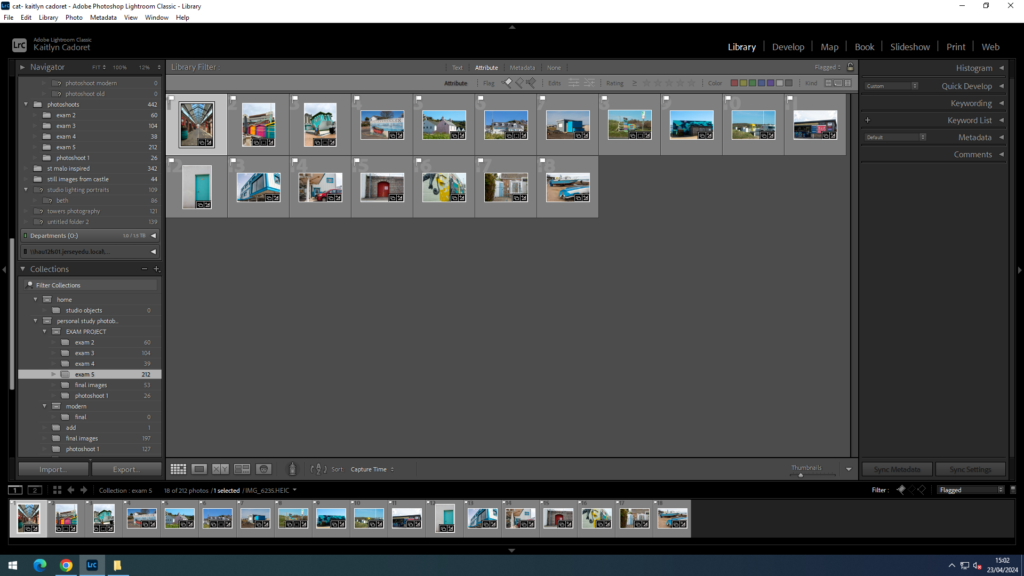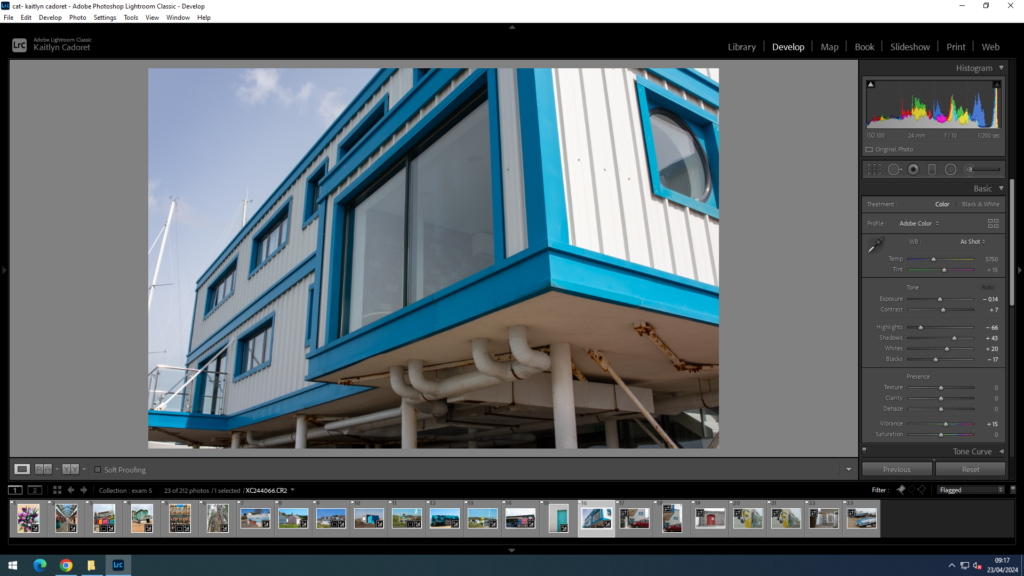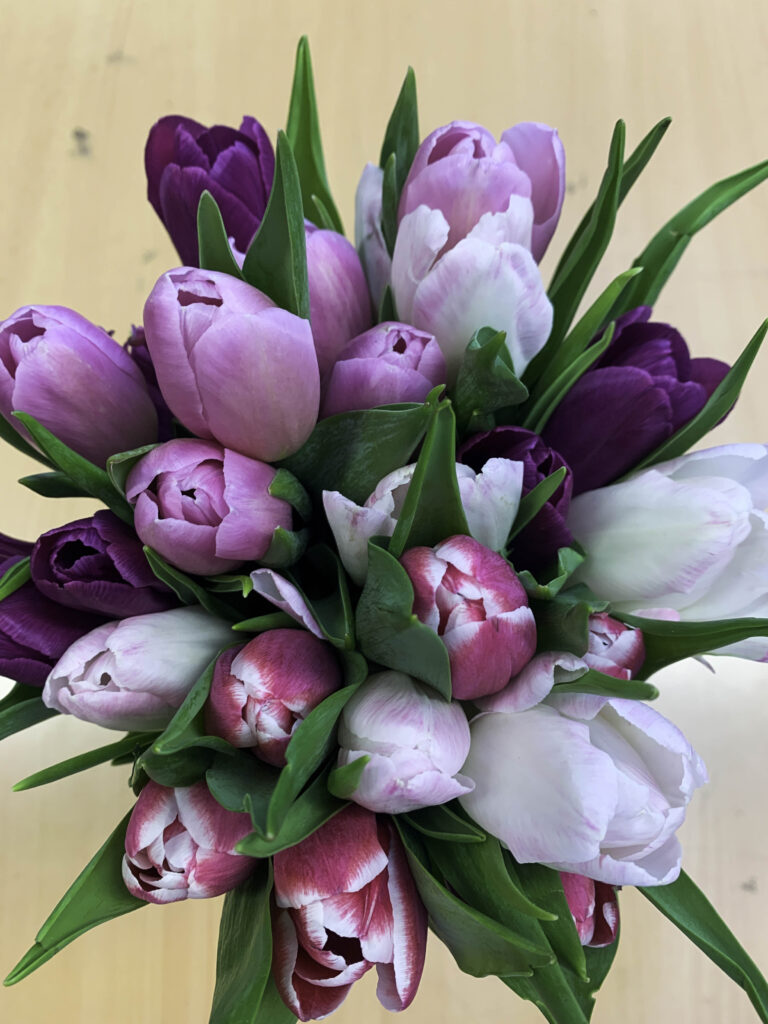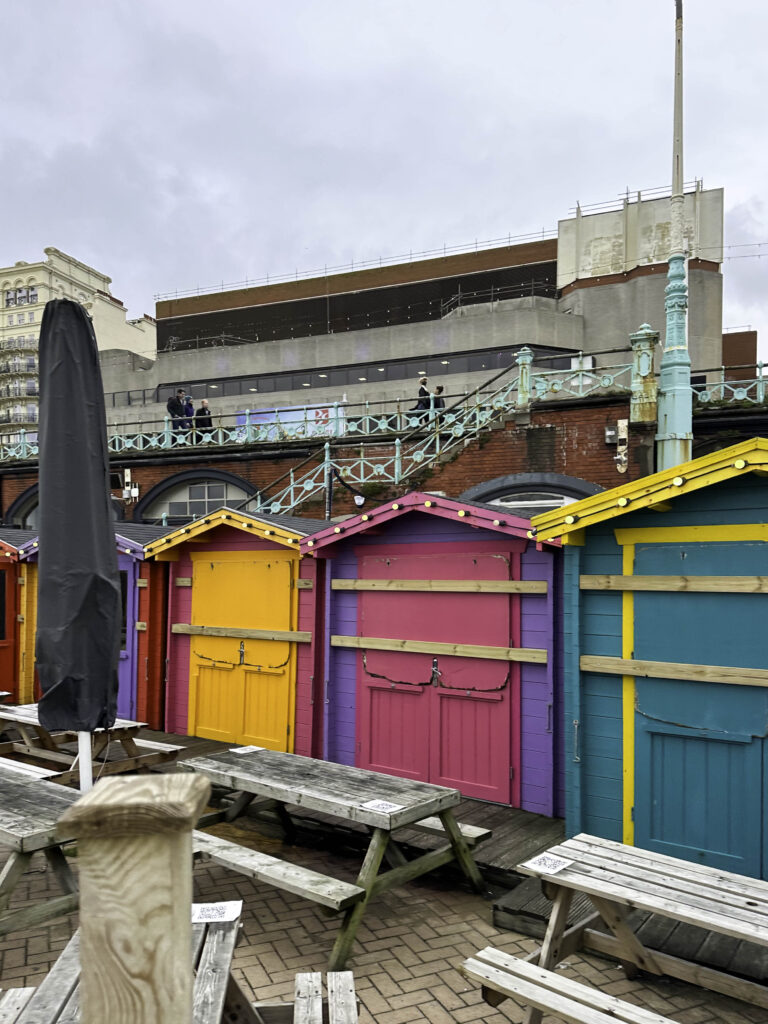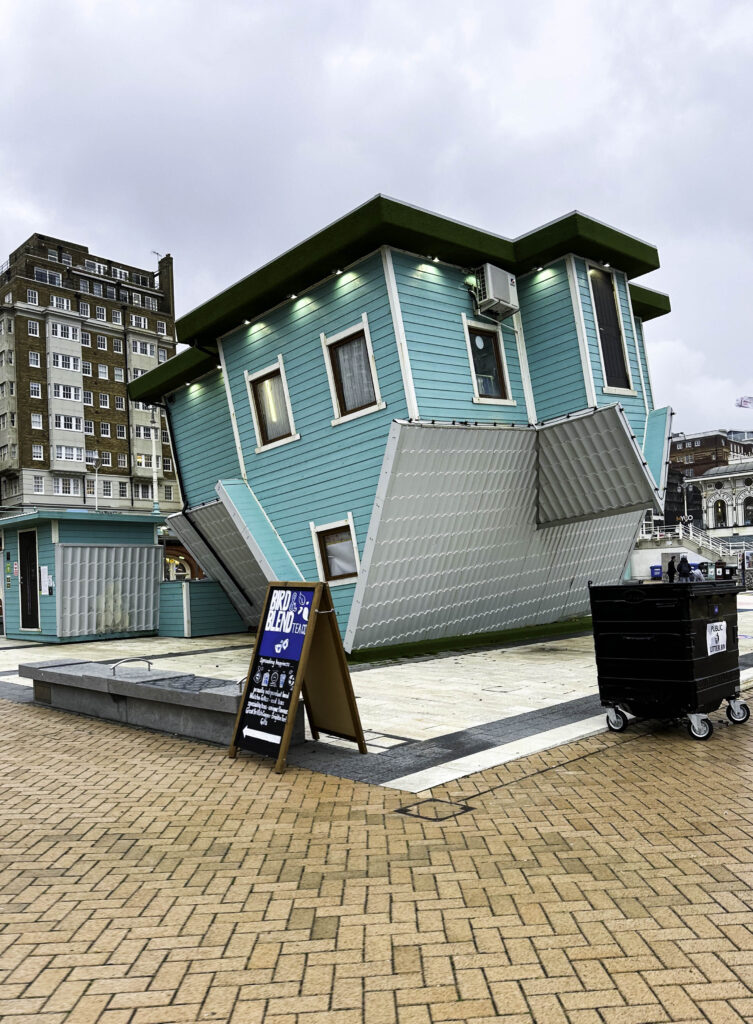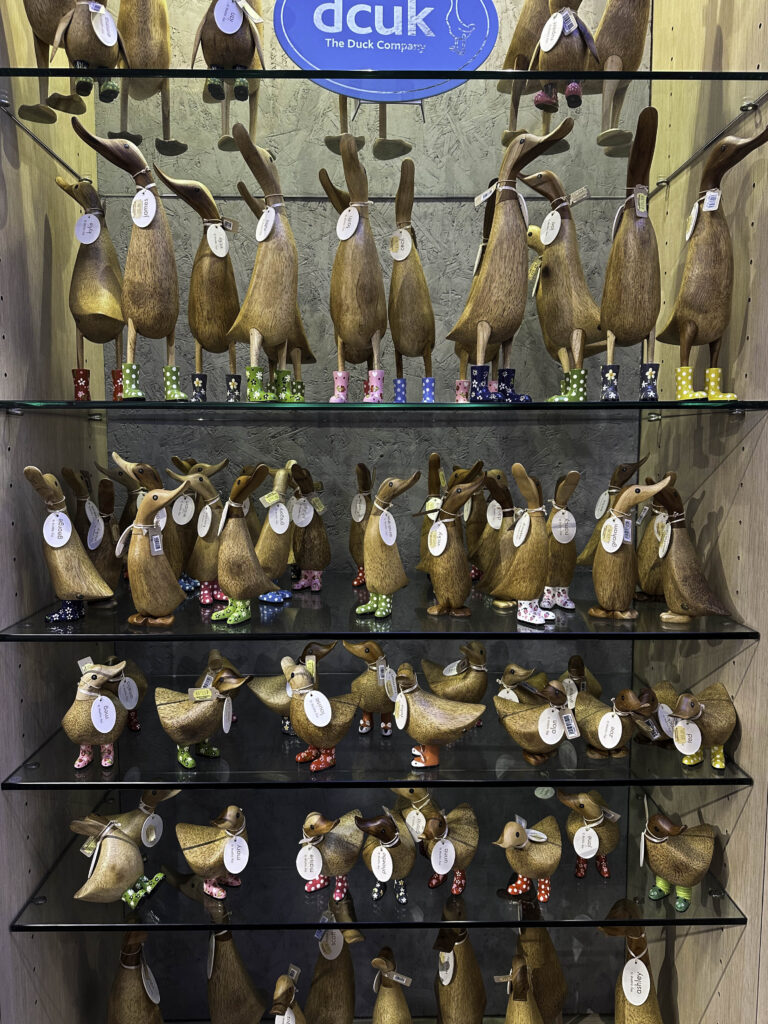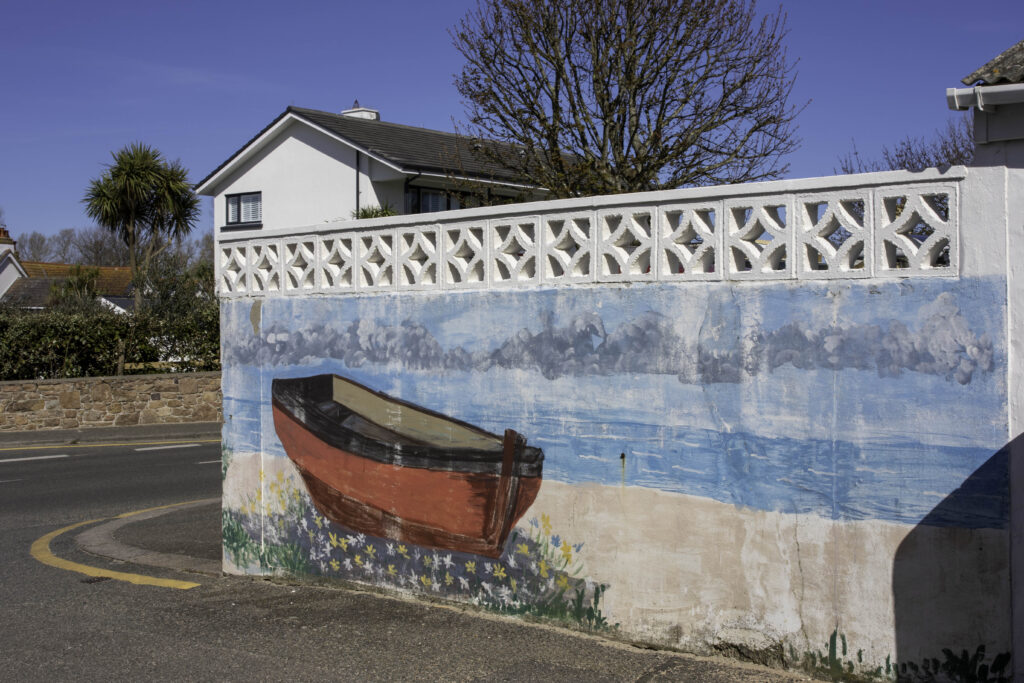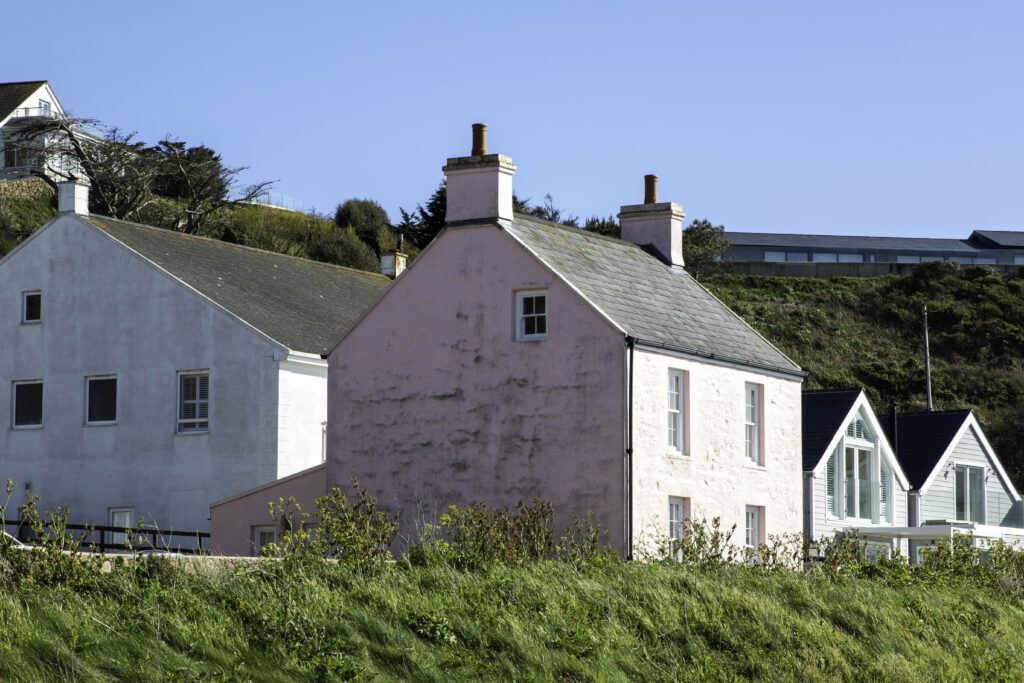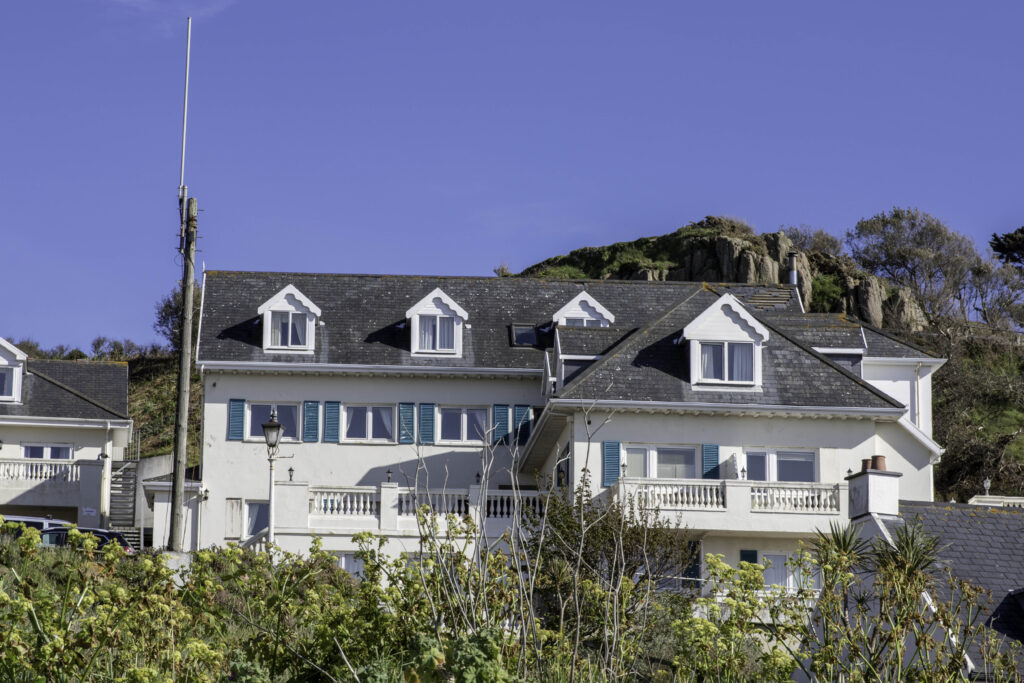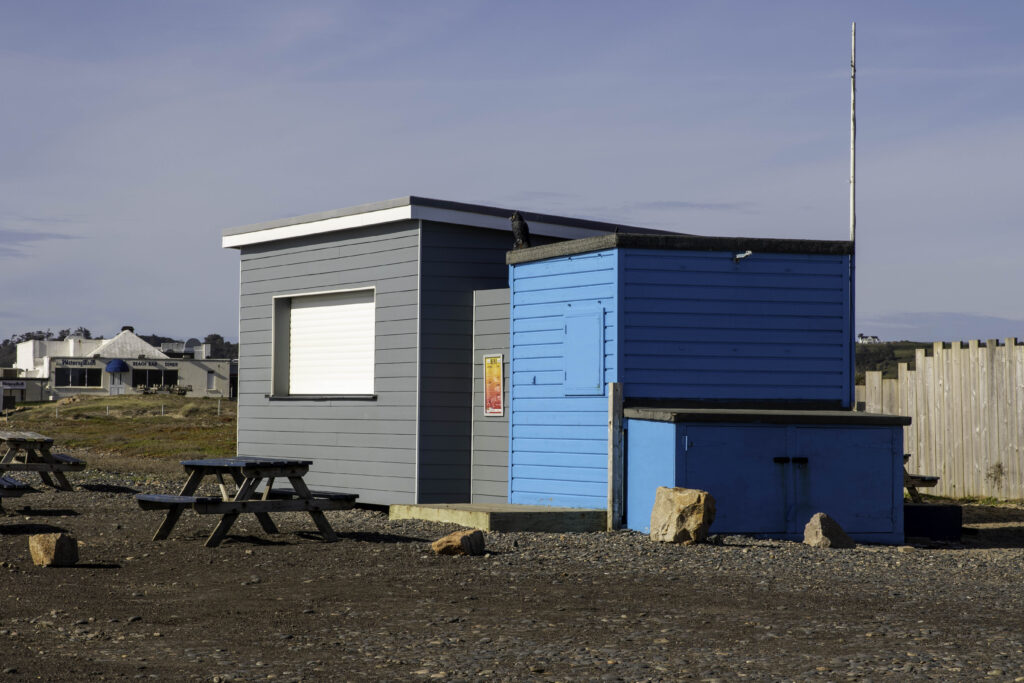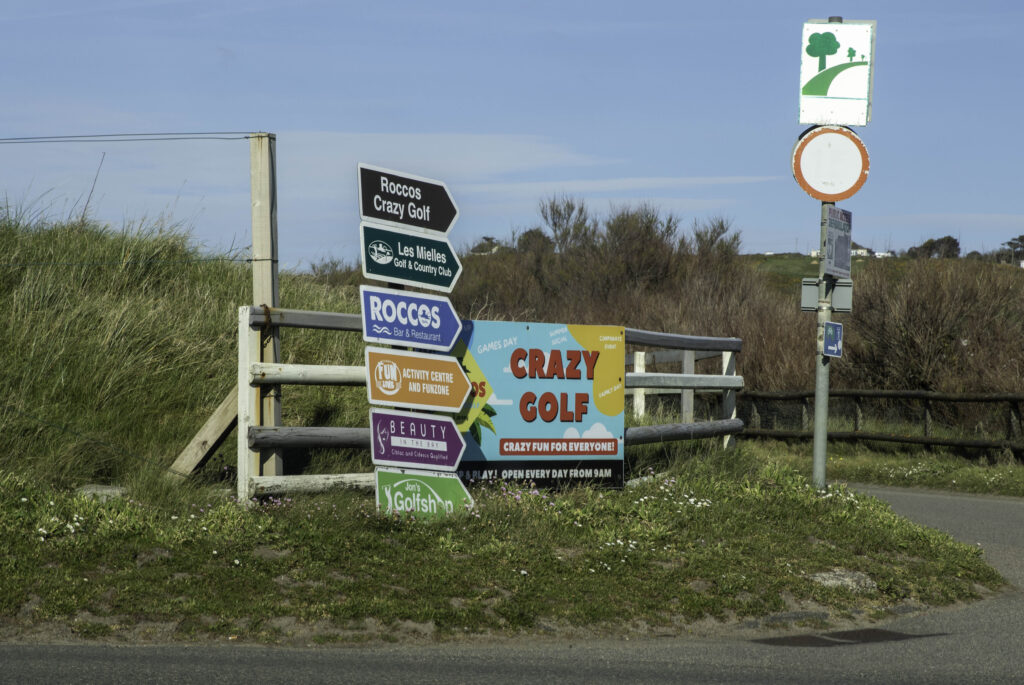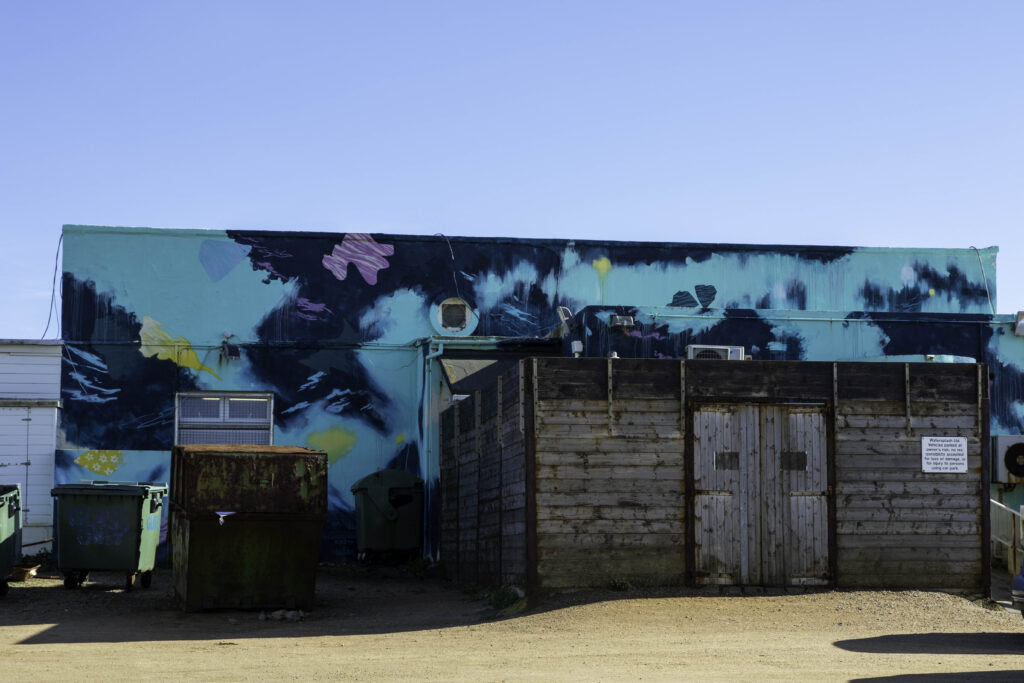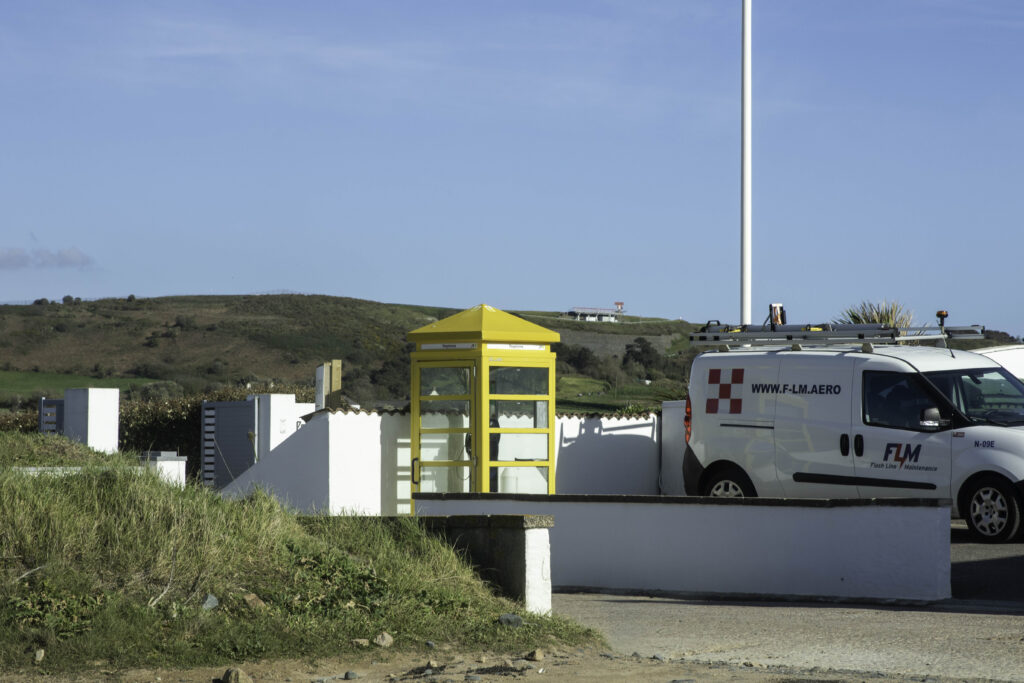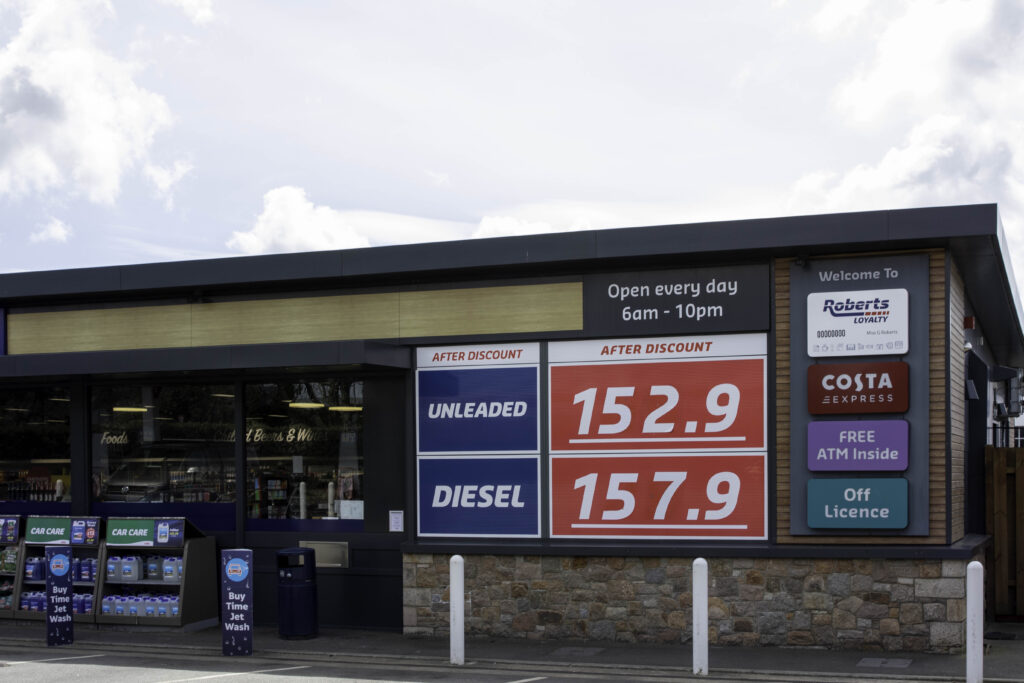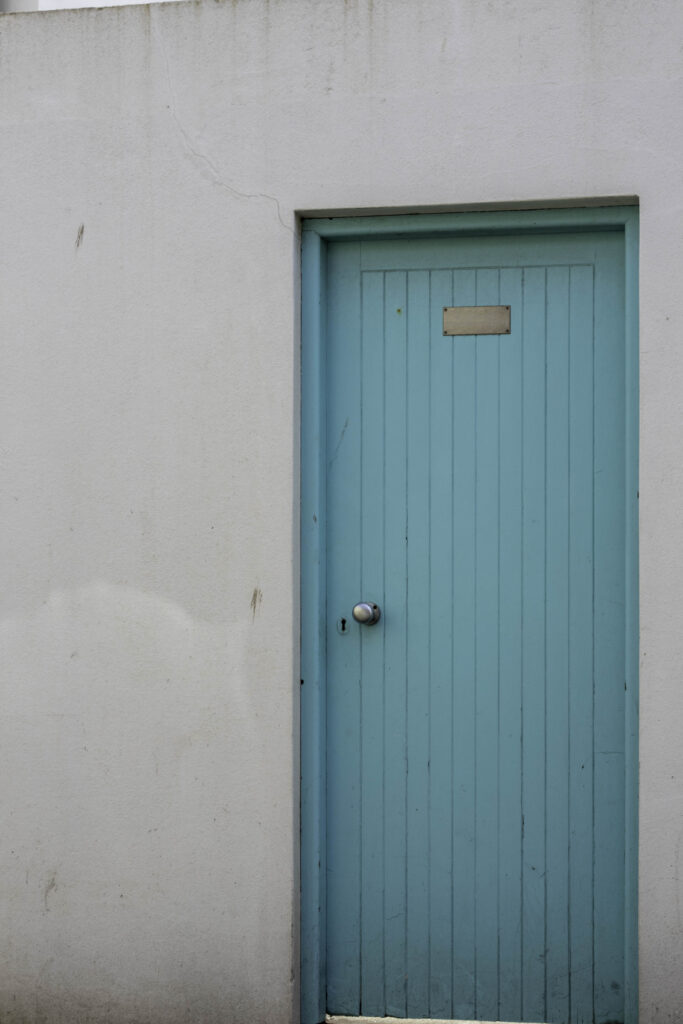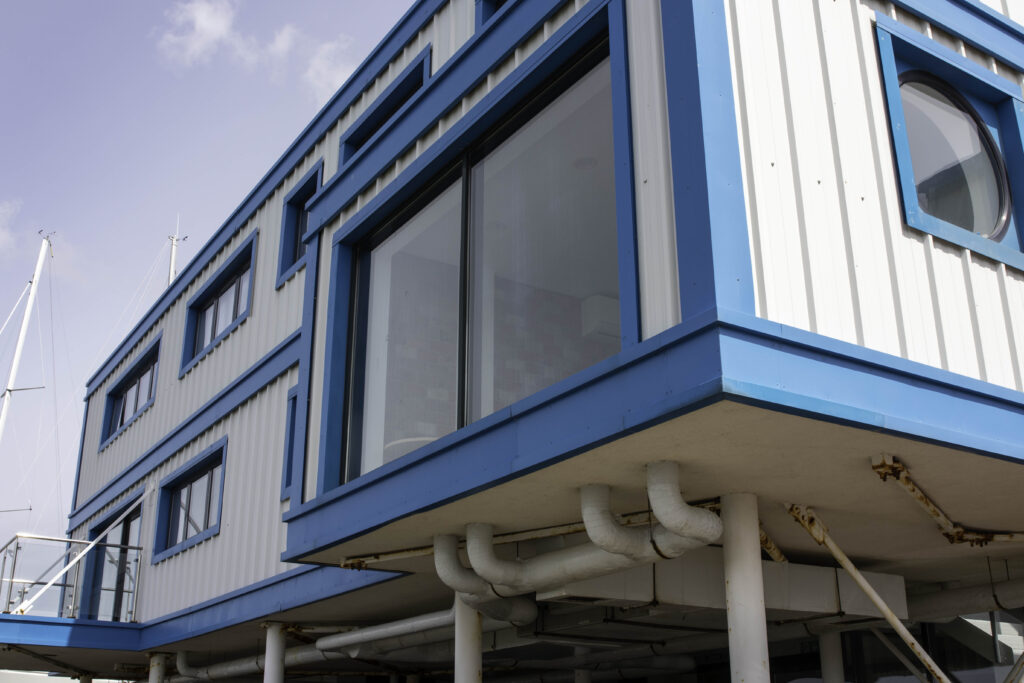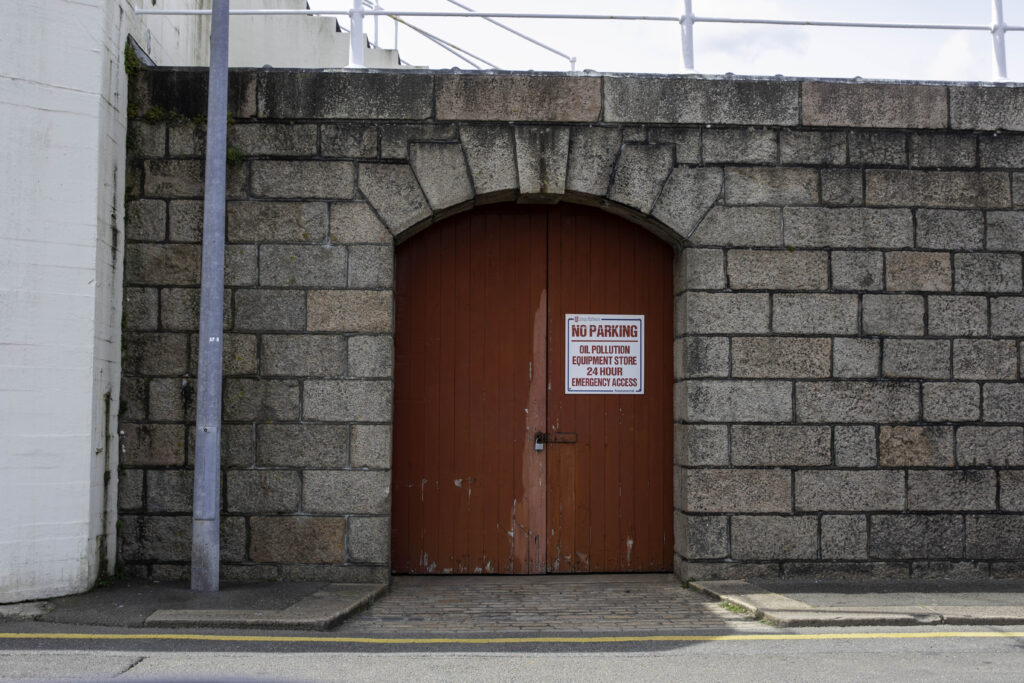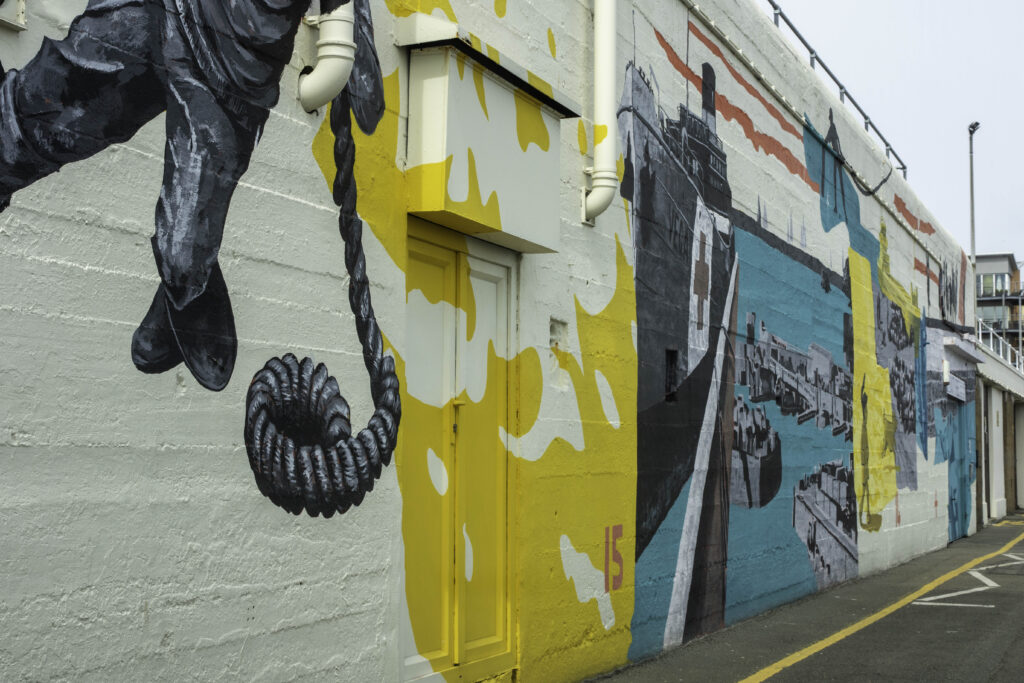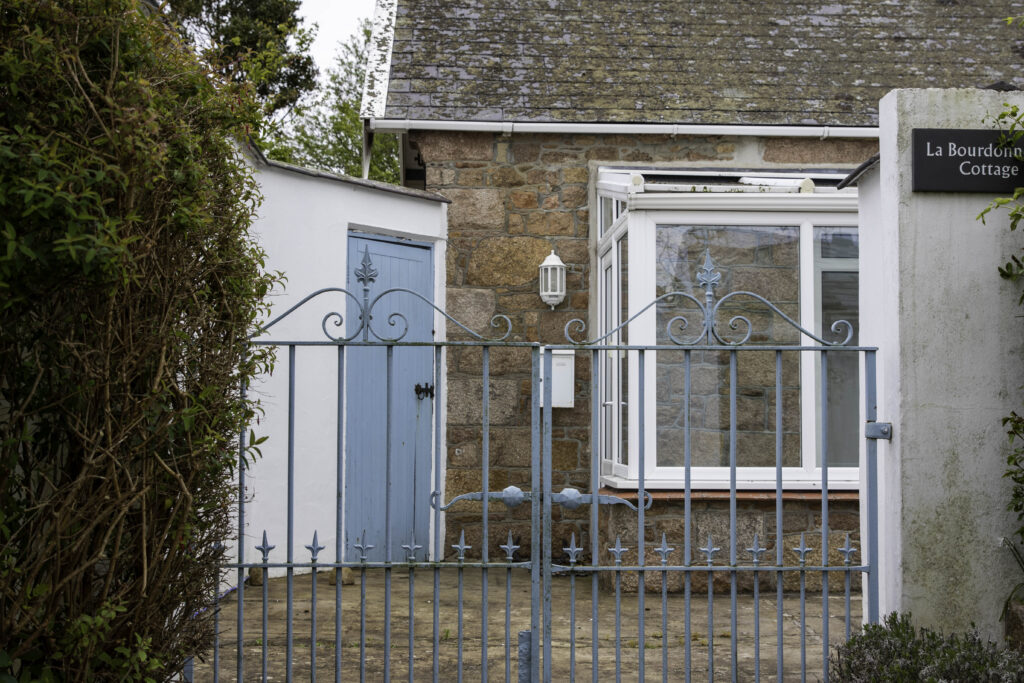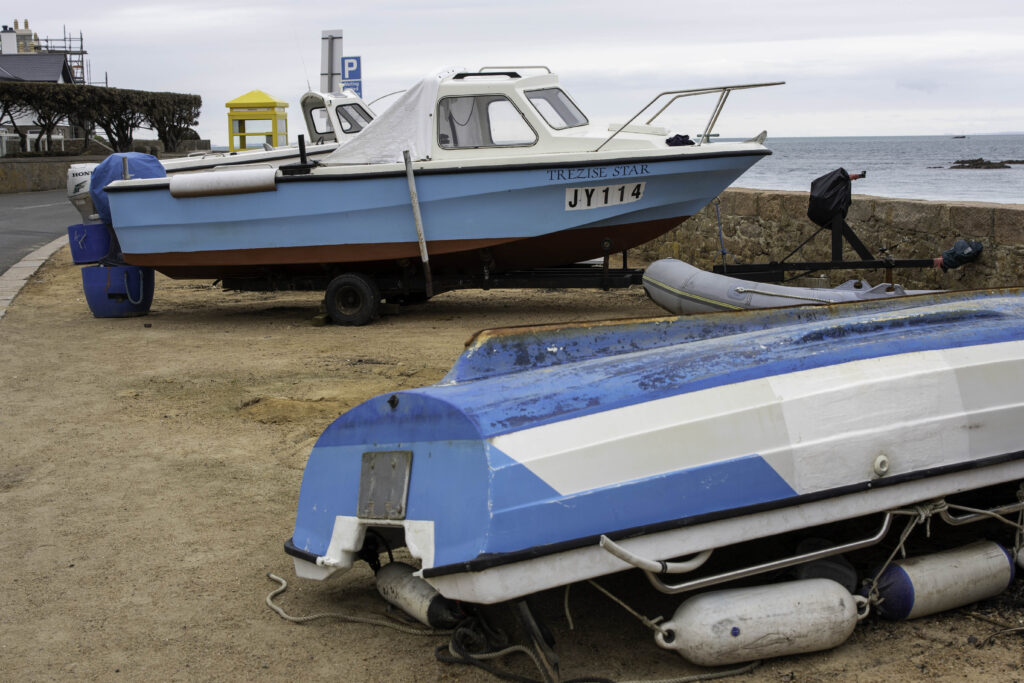I have interviewed my gran to learn about her and my grandfather. I recorded the conversation and have written it down to put into my photobook. Like Larry Sultan, I want to include writing, and using my gran’s point of view gives an in depth story.
“After the war pops joined his father’s garage in Bath, it was called Bath Garages Limited, and I went to work there, and that’s how we met each other.”
wedding
“So we met in 1962 and we fell in love. We moved in together in 1963 and got married in 1965. We just had a small wedding, four friends, in a registry office. And we went out for a quiet meal after, and checked into our hotel, and his best man and my maid of honour, came up to our room and we were chatting, and his best man left his wallet behind. Pops couldn’t attract his attention as he was walking to his car, so Pops threw a toilet roll out the window and it went flying through the air. I was so cross with him about it. and I think I remember my maid of honour winding up the toilet roll so it didn’t make a mess.”
“During the first six years we were married we did lots of traveling and holidays, and for the first 6 years he joined his father’s firm. His father had a desire to sell and Pops bought it. The garages also had a small boat company where they sell rowing boats and sailing boats, which came with the garages. Pops heard of a Norwegian man who was Building inflatable boats, and he was building them in his lounge because he didn’t have any property. So Pops let him use the space in his garage and build his boats there, which became the C-Craft over time.”
“They were very successful years for pops, he worked really hard and he ended up with fourteen dealerships from Bath right through Swindon, and he expanded buying dealerships from Bath to Weymouth. We had a boat in Weymouth, welI he had it when I met him, which was called a Girl Pat: half motor half sailboat. We used to go down every weekend we could, in the better months, to live on the boat for just a couple of nights. He was able to call in some of the garages on the way down. It was, you know, a lovely life really, but you work very hard and the garage business became very successful. Also, the boat company became very successful. Both of them did. Pops had an offer to buy out the garages, but it was the right thing to do. He was going to get quoted on the stock exchange, but the night before we were due to be floated on the stock exchange, a bigger company offered to buy us out.”
“During the first six years when he was busy with the motor business and the boat company, we did several cruises and had a lovely time on the cruises, enjoyed life a lot. We went to Motor Boat Shows, and had stands at them and it was quite a fulfilled, fun life. But hard work as well for him, it was lovely. Anyway, we decided we would like to start a family after six years and we had twin girls, and when they were five that’s when he decided he’d like to move to Jersey. Of course because he sold the garages, the distributorships and the boat company. He had done business with cars importing cars from Jersey and Guernsey and he always liked Jersey. So he came and had a look around and spoke to different people, and we found we couldn’t get into Jersey unless we had a business to come into, and that’s reported for business or bought a business to come into. He managed to come across a man who owned a manufacturing company. It was a very small company, but it was enough. They made tableware, placemats, vases and napkin Rings, all sorts of things. We had to buy into something that was going to make money for Jersey, and it was good for tourists. Then we found out that he decided to leave the company… for personal reasons. Then he was approached to do soft drinks on draft, which he got to do Soda Stream type soft drinks in bars, where you pour a pint, like cabana soft drinks. He took on an agency for that, there is something else, I can’t remember what, he did several things over here.”
“We moved here when the twins were five, in 1974. We had our lovely Twins and grew up here and are now adults, married and have children of their own.”
Boot
“We were on a cruise once and there was an elderly Australian couple. They were trying to see all of Europe and Britain, and met them cruising around the Mediterranean. When he got off he was visiting England and all around Scotland. The couple came to stay with us for a few days on their travels, and we took them out for a drive and the husband saw some sheep in the field, and he looked to them and he said, “oh look loads of sheep” and he said “I’ll bet you I know all the names too”. He had thousands upon thousands of sheep himself in Australia, and this little flock we were looking at were about, sort of 30 sheep. It was hilarious how it was such a small flock. Anyway, we kept hearing him call his wife, “come on you old boot, move your arse you old boot!”, he used to say to her. Pops picked up the expression “you old boot”, and he used to try to call me it, but I would say “don’t call me an old boot”. But it became quite an affectionate thing because we had happy memories of the time with them. That’s why he bought me that little brass Boot.
Elephants
“The elephant thing between us, well that was our symbol. When I was with him in the early days, we went to London to a Boat Show, or something, and we walked around to Hamleys Toy store. It was very popular in the day, a great big toy store. They had live monkeys and things like that, exotic animals. Anyway, we went in there and he ended up buying this silly Gray elephant toy, and everywhere we went the elephant had to go with us. Pops was such a clown, and when we would go to the bar to have a drink, the elephant had to come with us, that was the first elephant. The first elephant Fell To Pieces he was so old. Every time he would order a drink he’d say, “can I have two gin and tonic please, and one for the Elephant”. But he used to drink it, and it was so funny because the barman would look at him as if he was crazy. We would March around London and he would take the elephant everywhere with us, and that’s how we became stuck on elephants. One of our local pubs in Bath we would drink occasionally at, they had these little plastic animals and, he chose one for me, a red elephant. You stick it on your glass and its legs went over the edge of the glass so you couldn’t get your drinks muddled up with anyone. I’ve still got it after all these years. And from then on he gave me elephants, all the cards that he gave me had elephants on them. Even our girls used to often get them too.”
